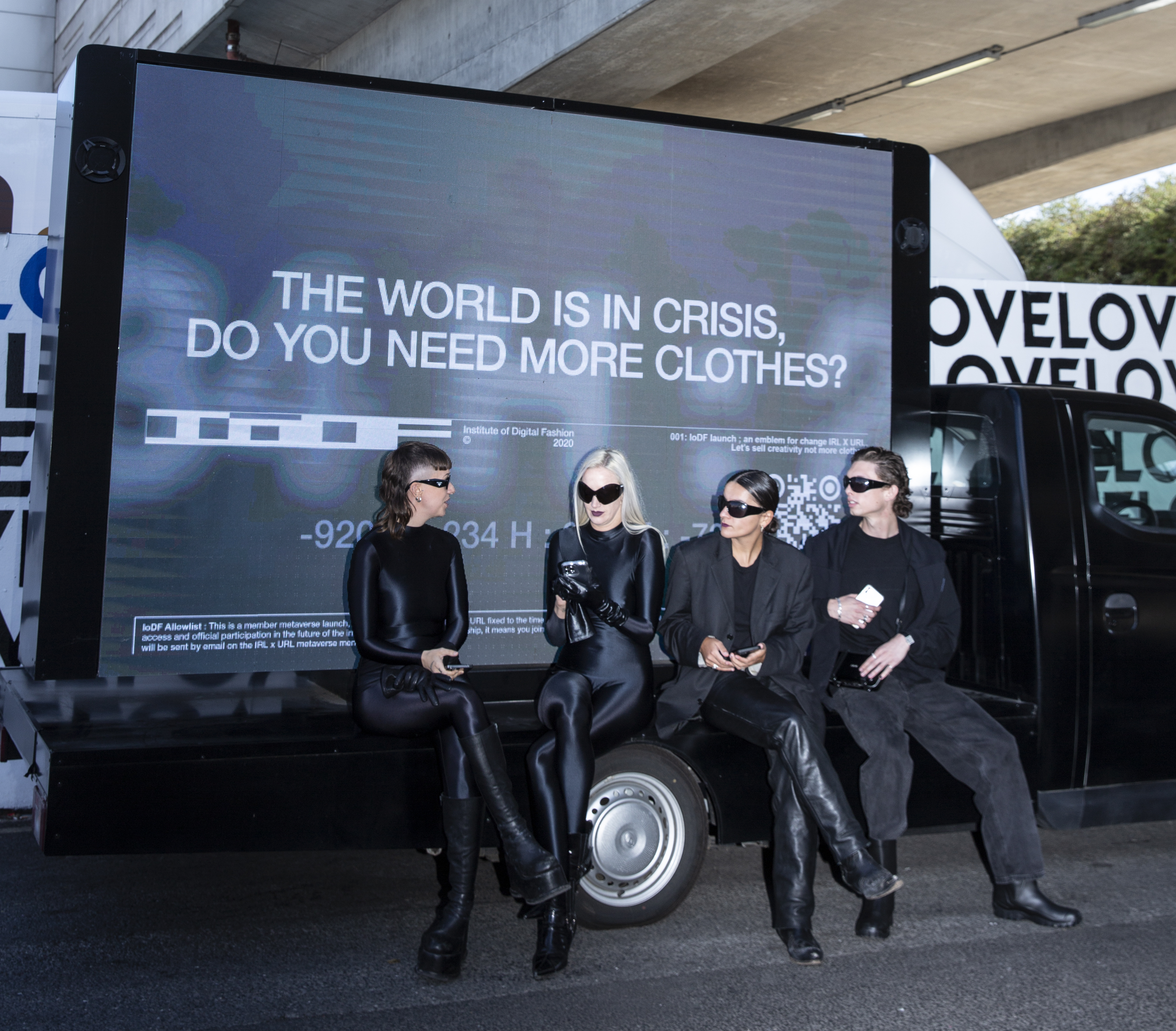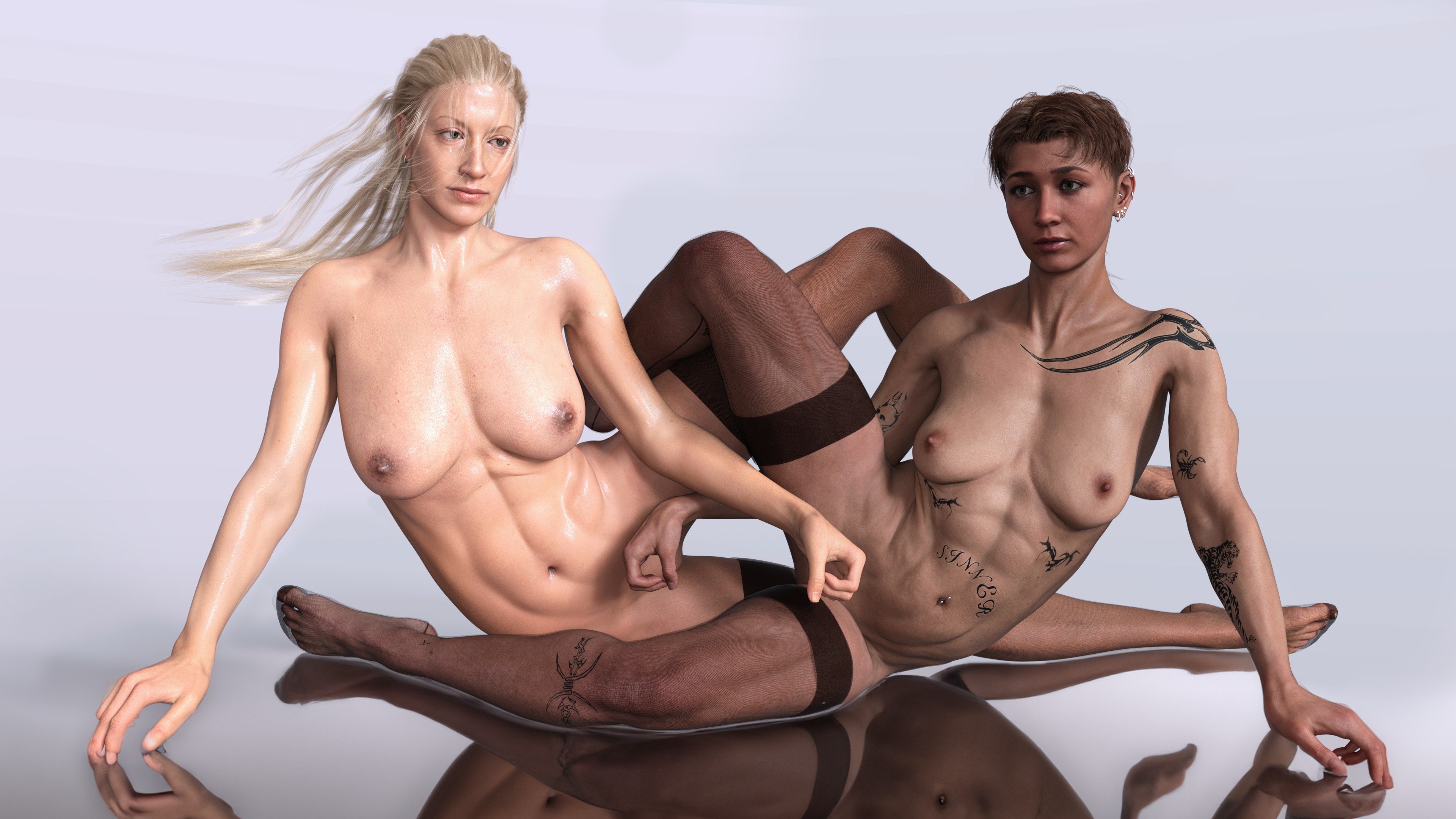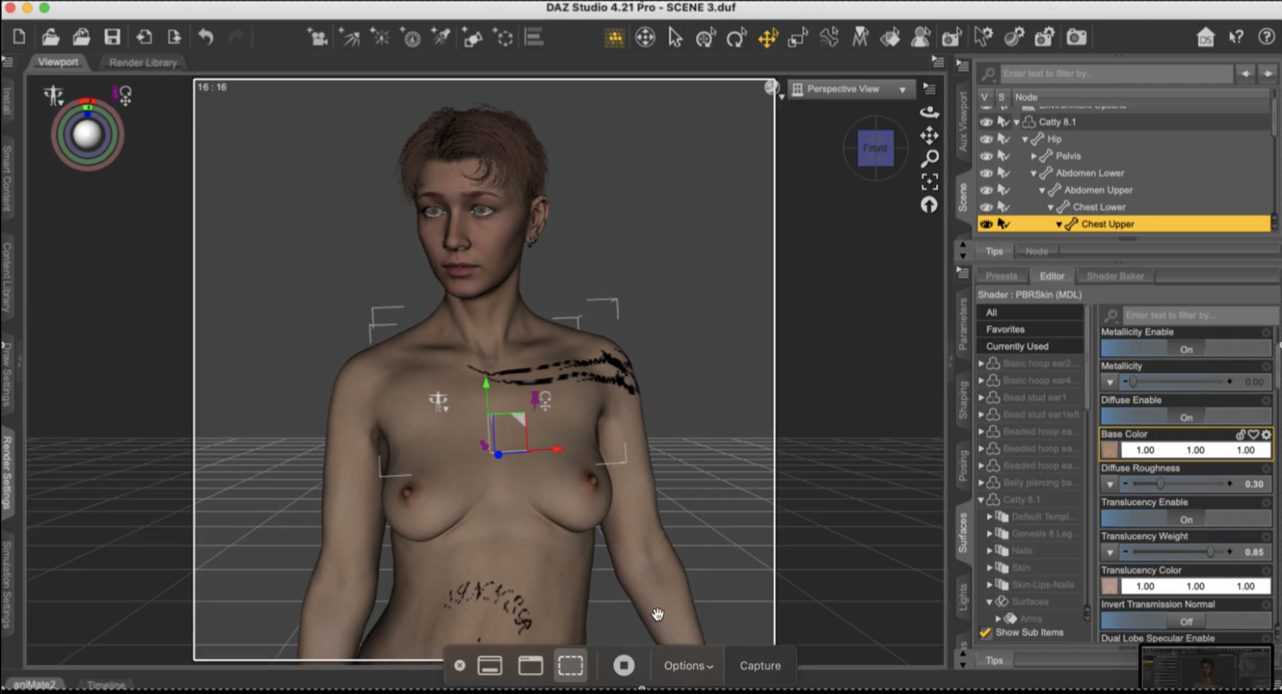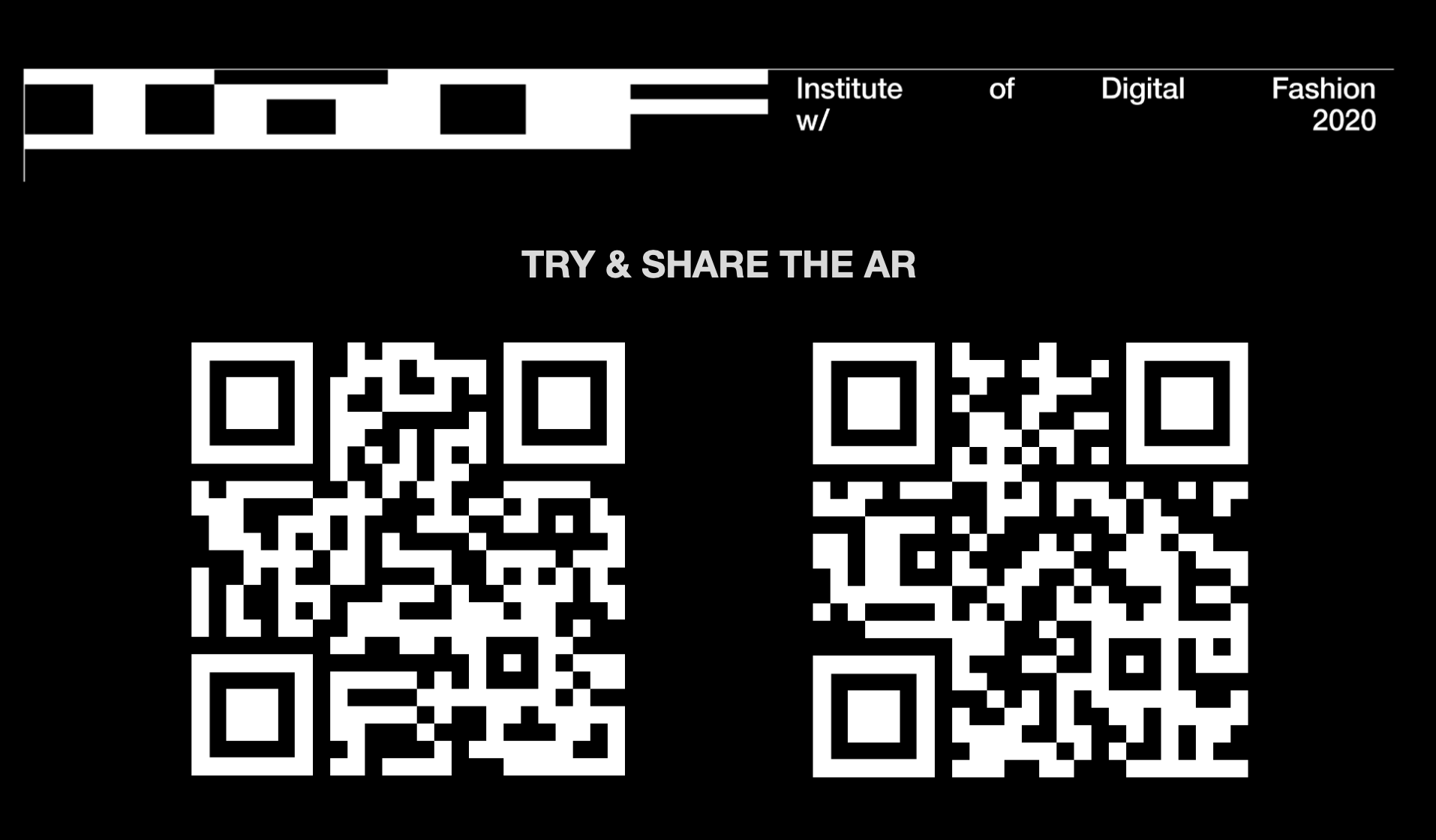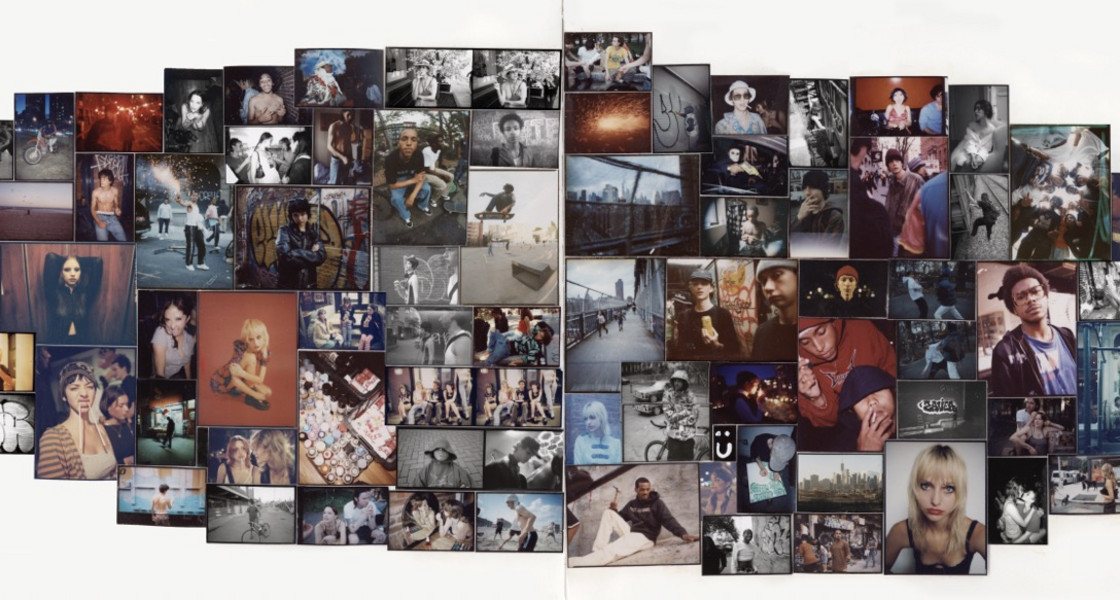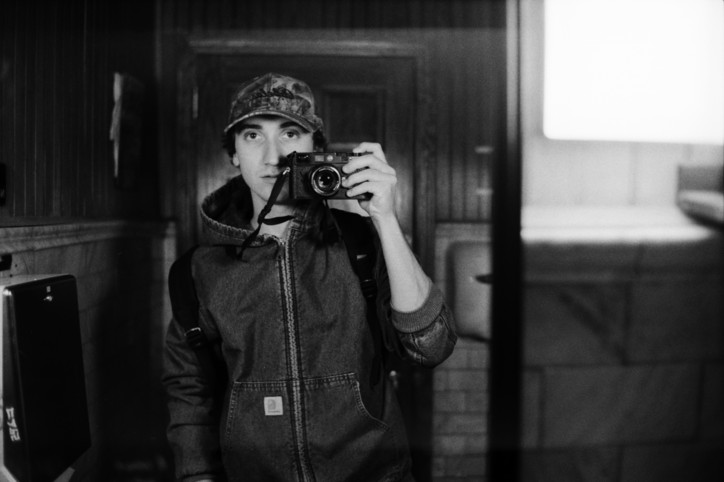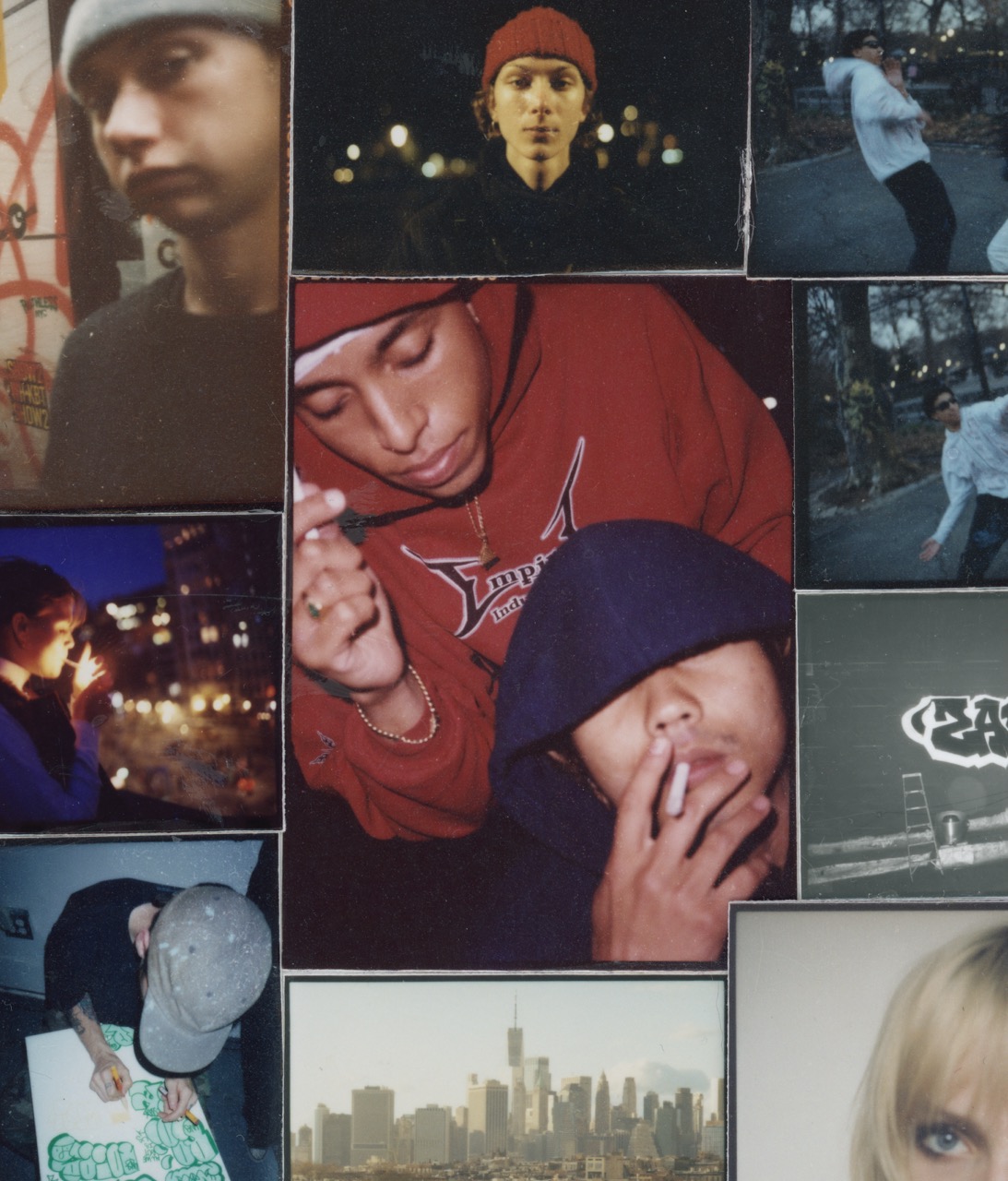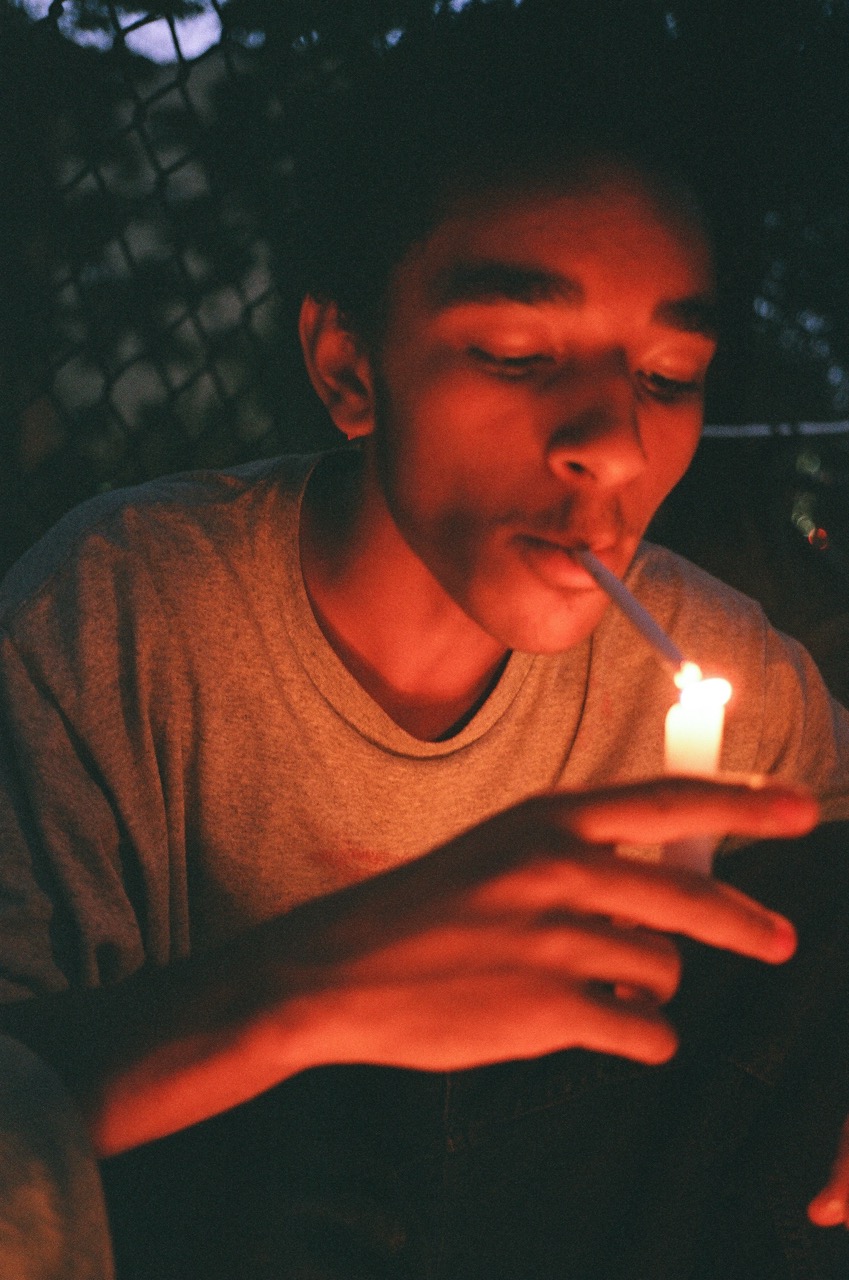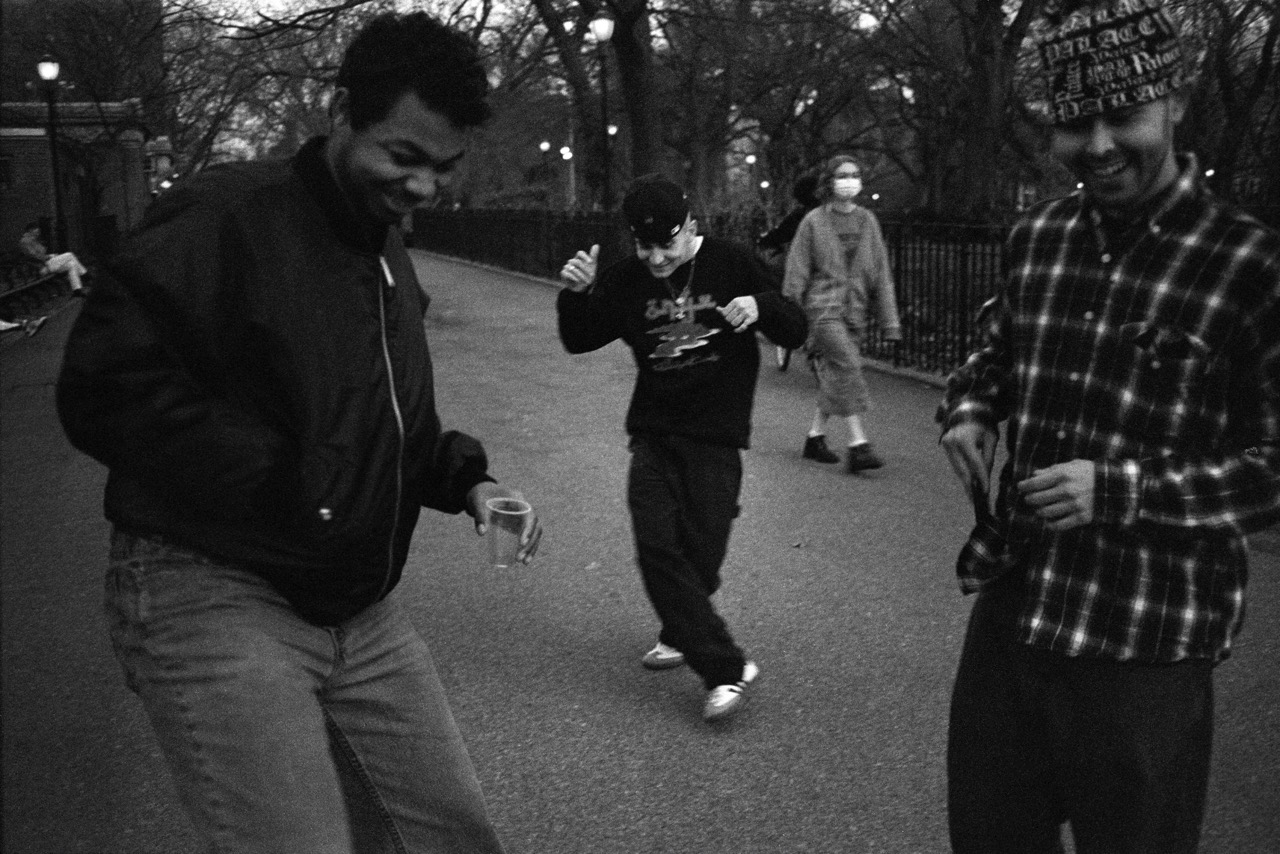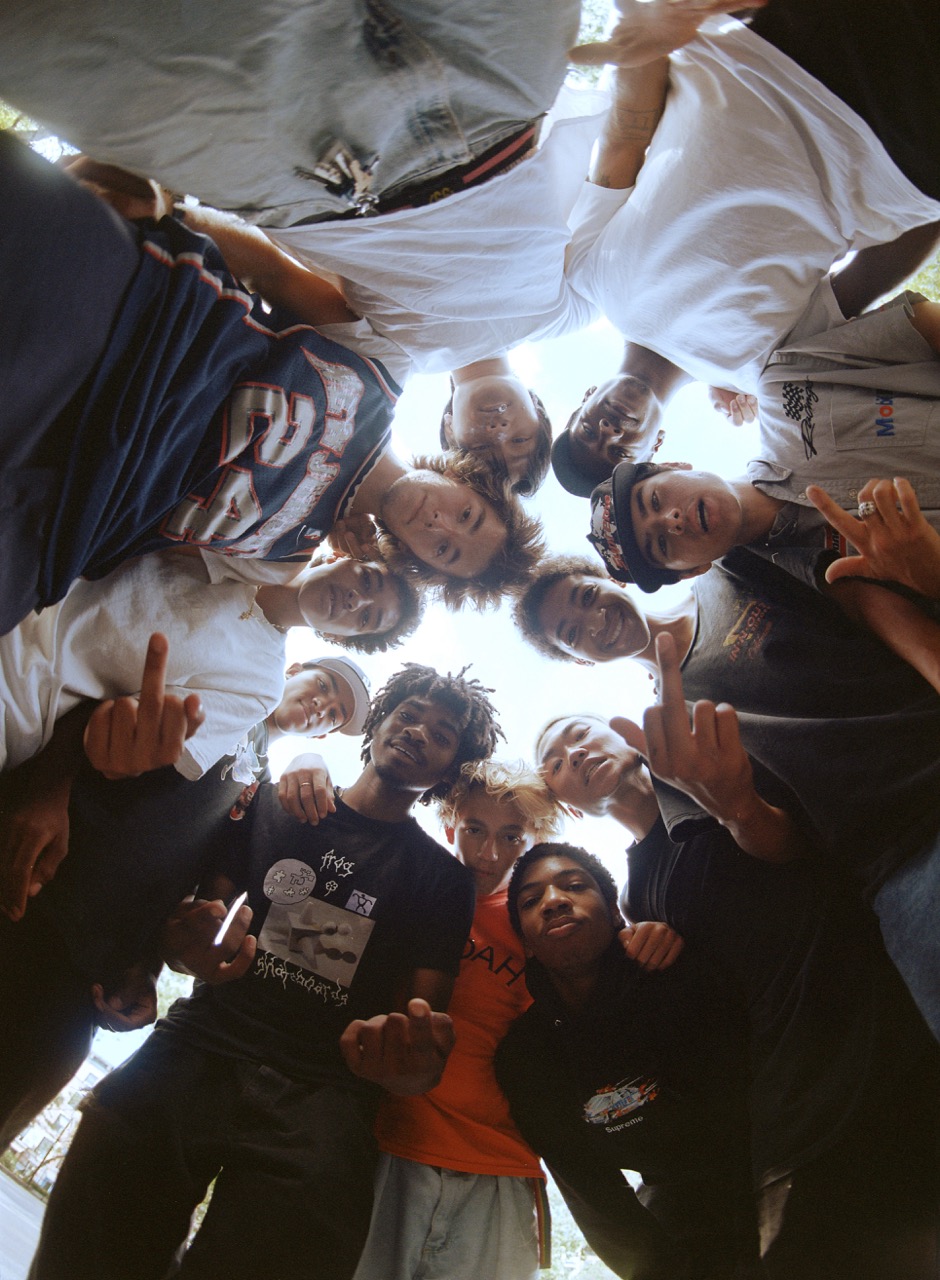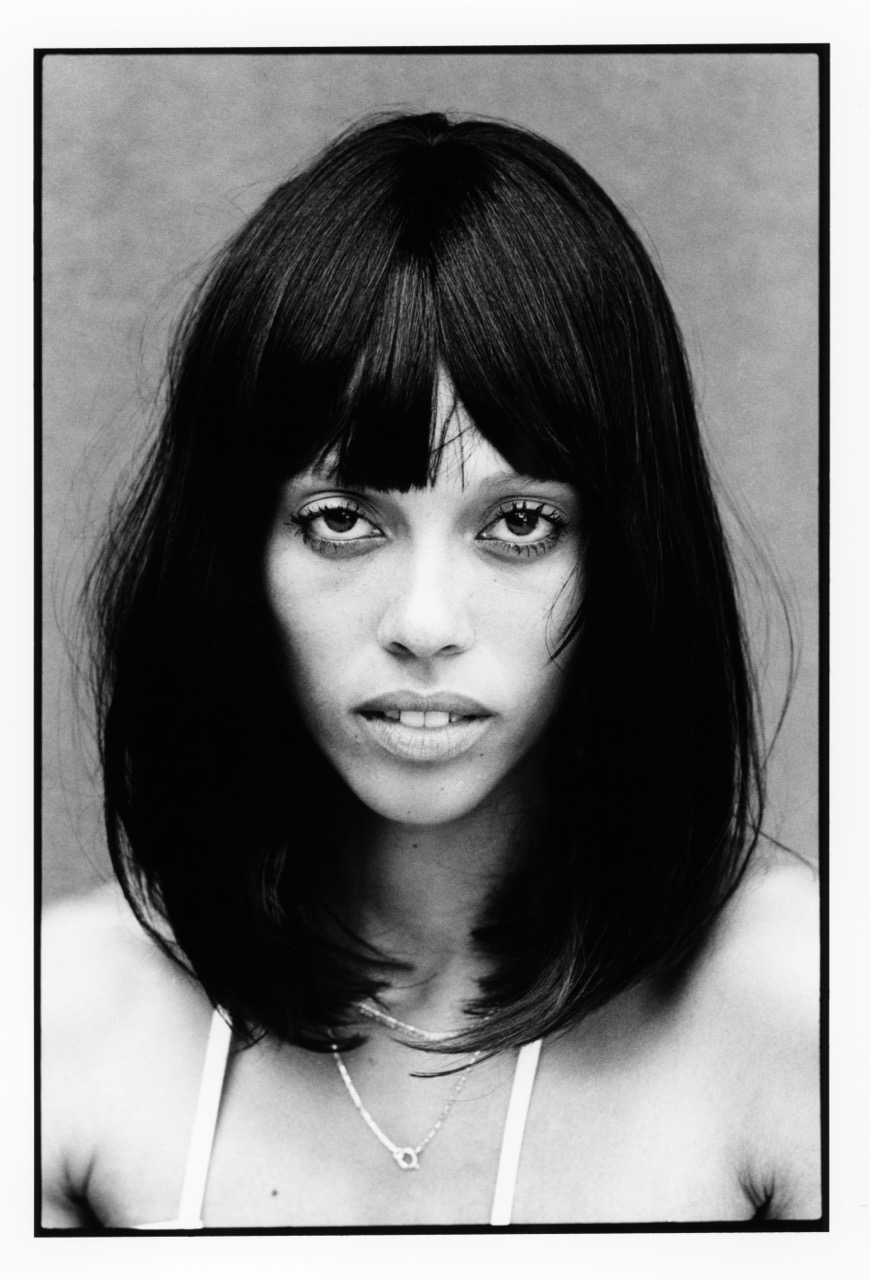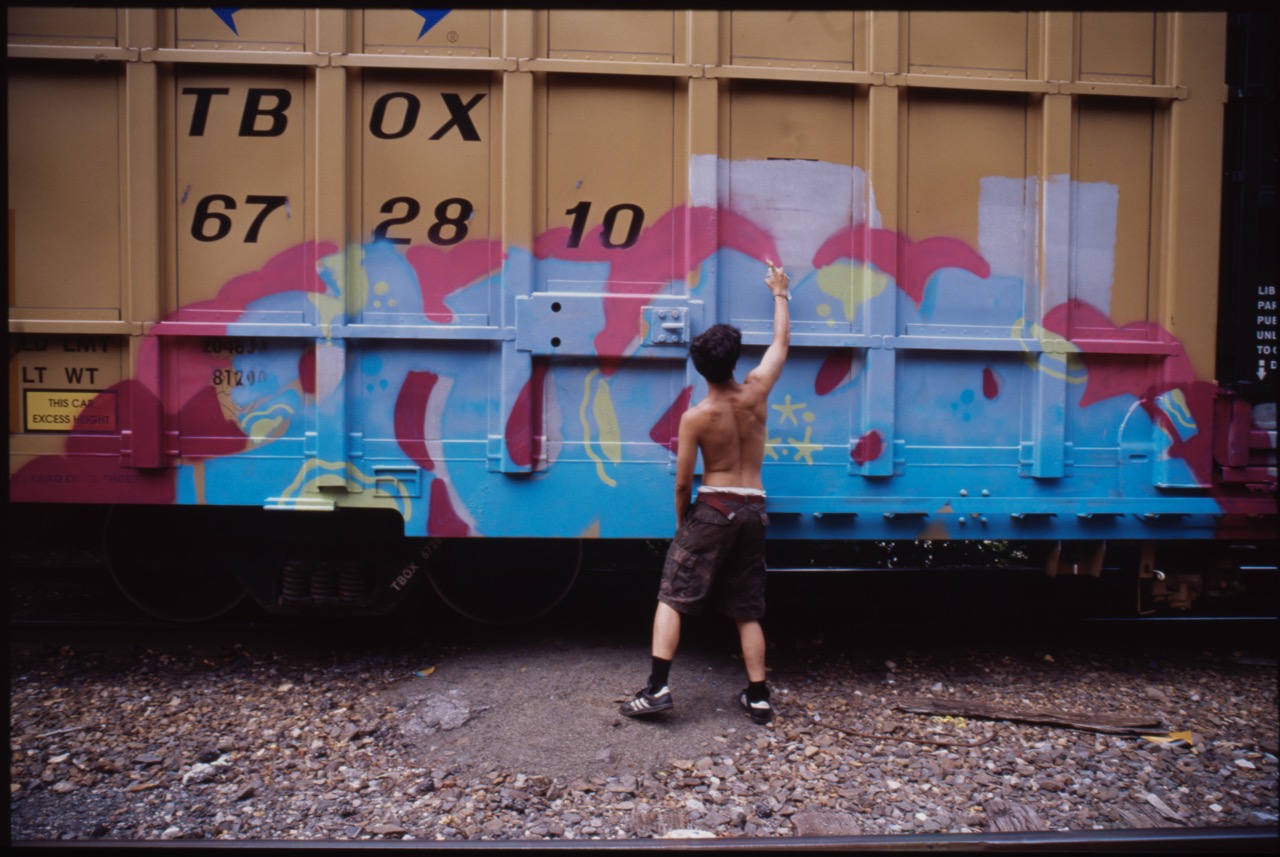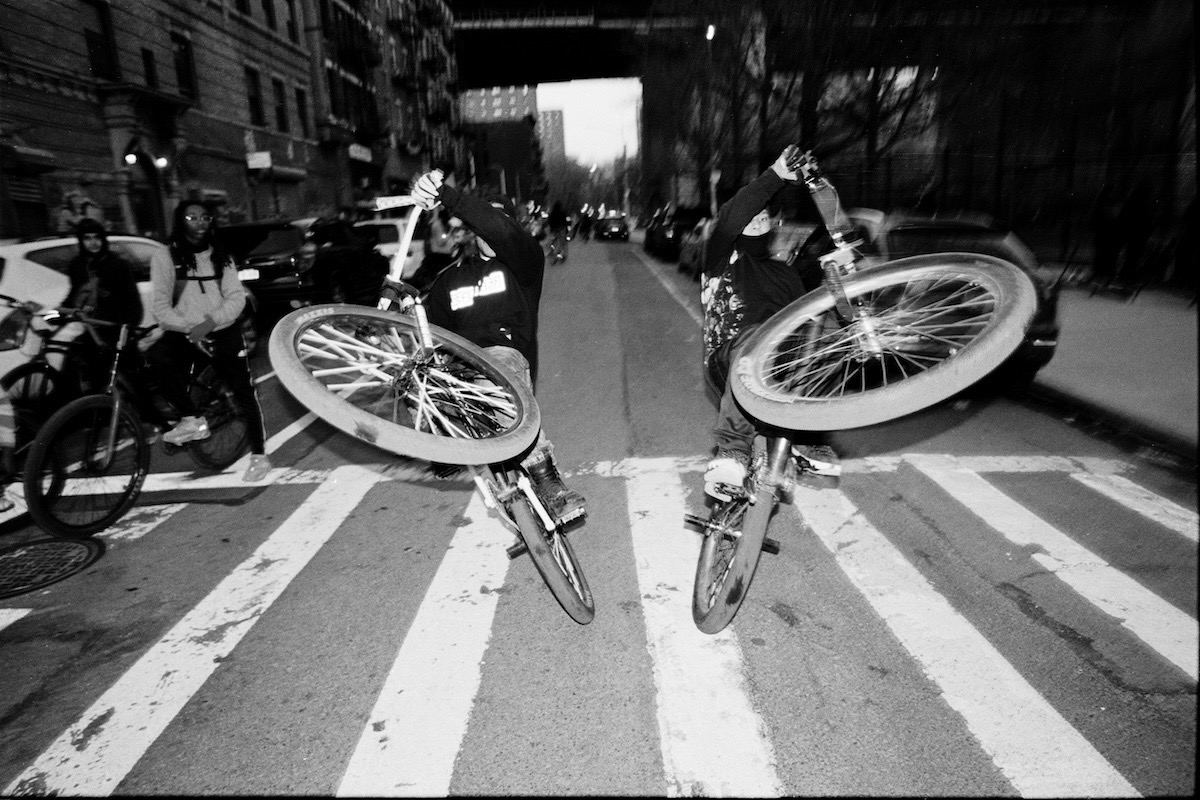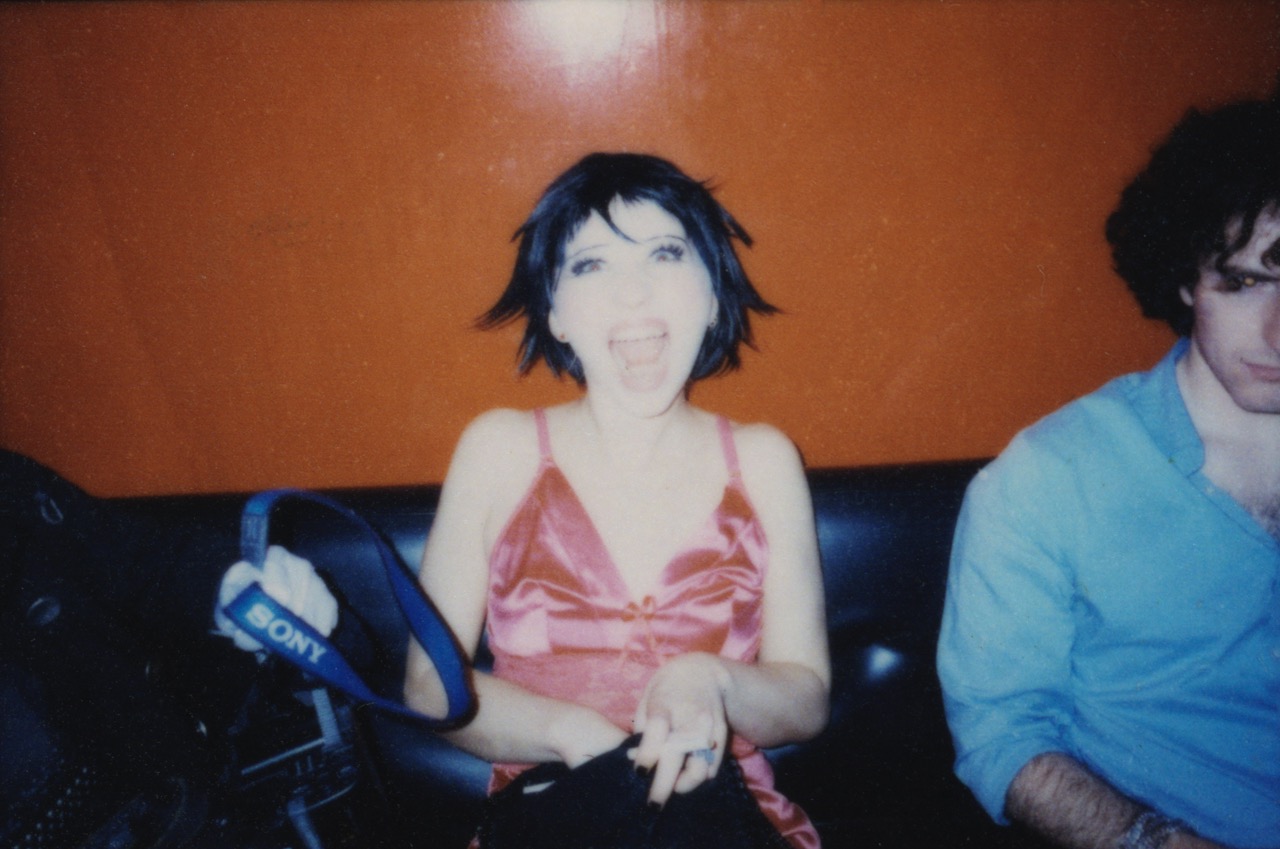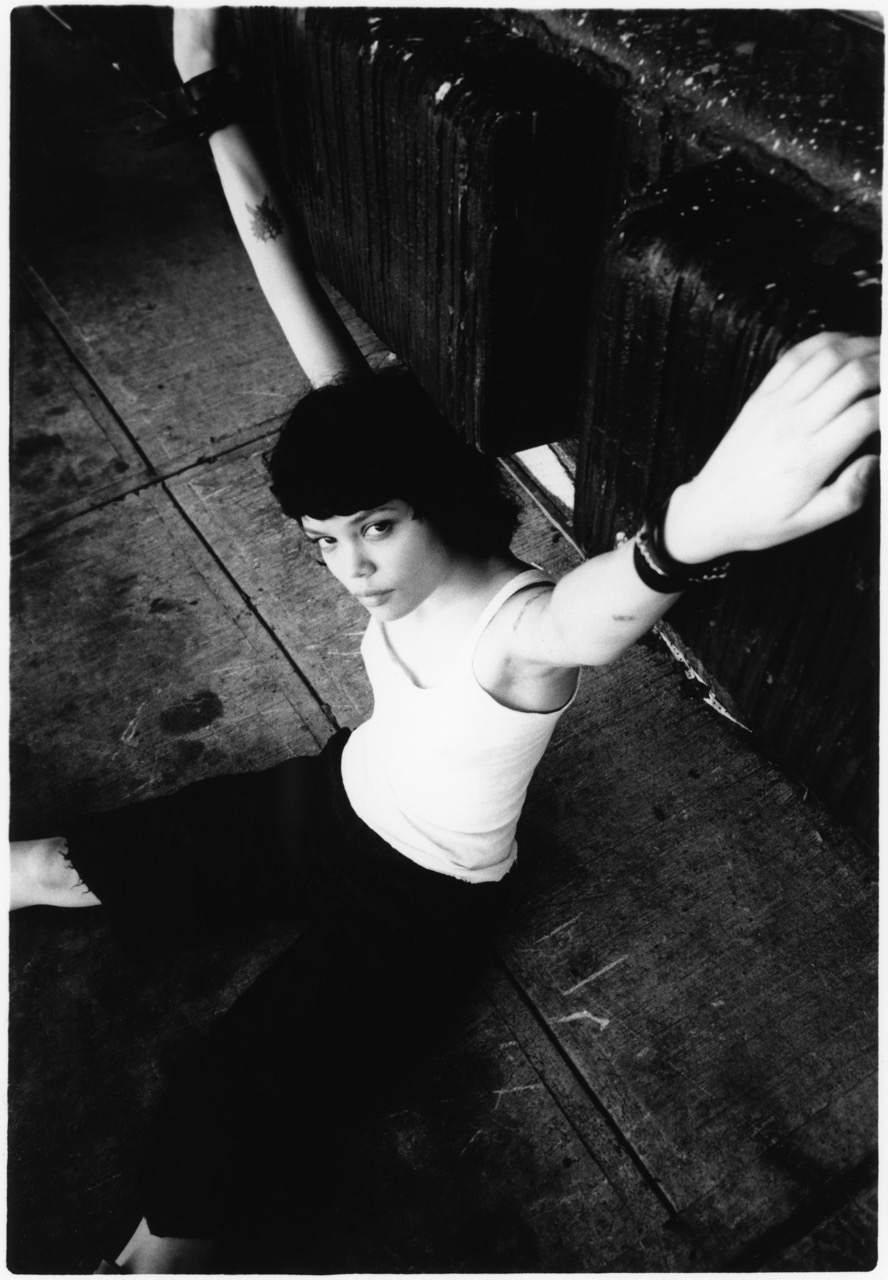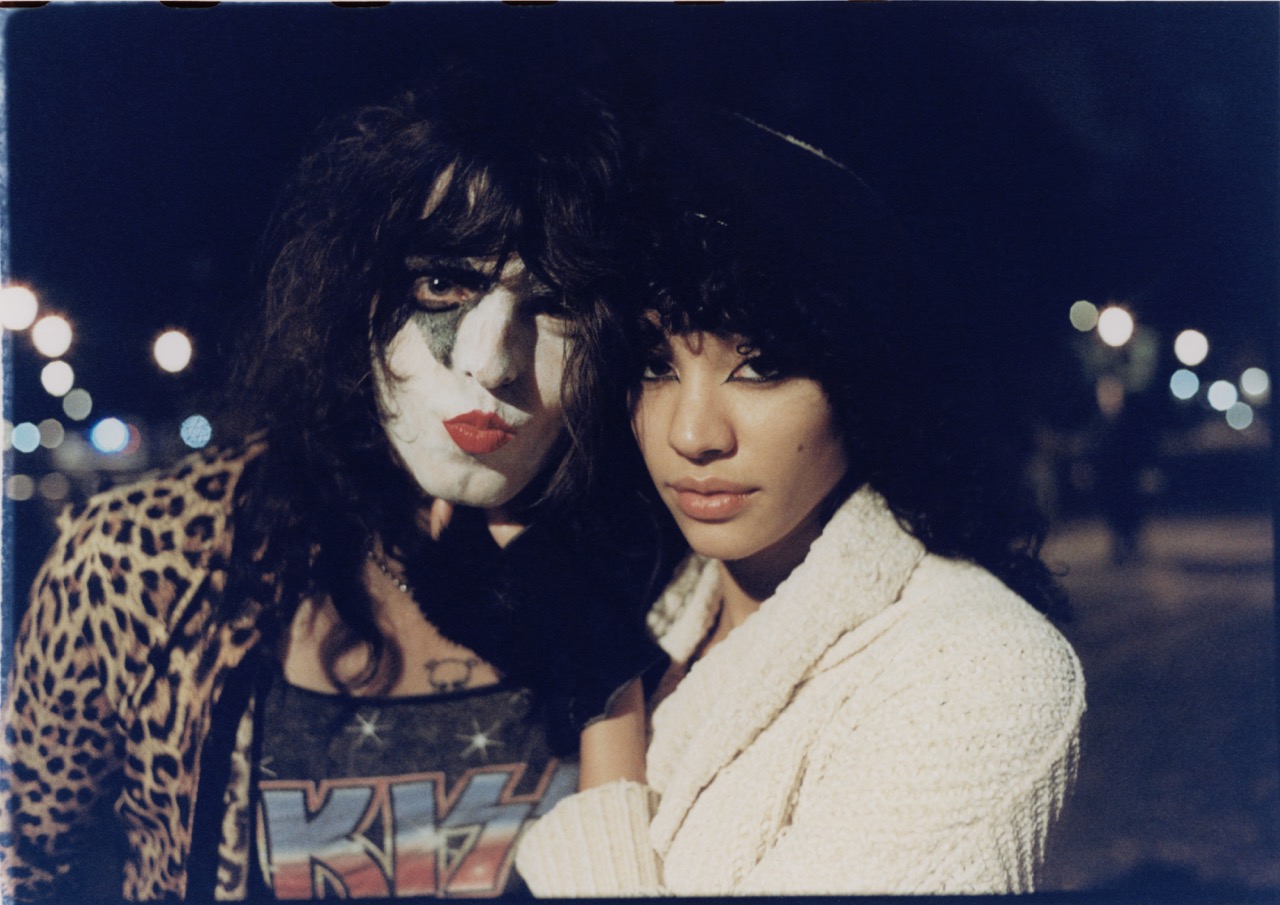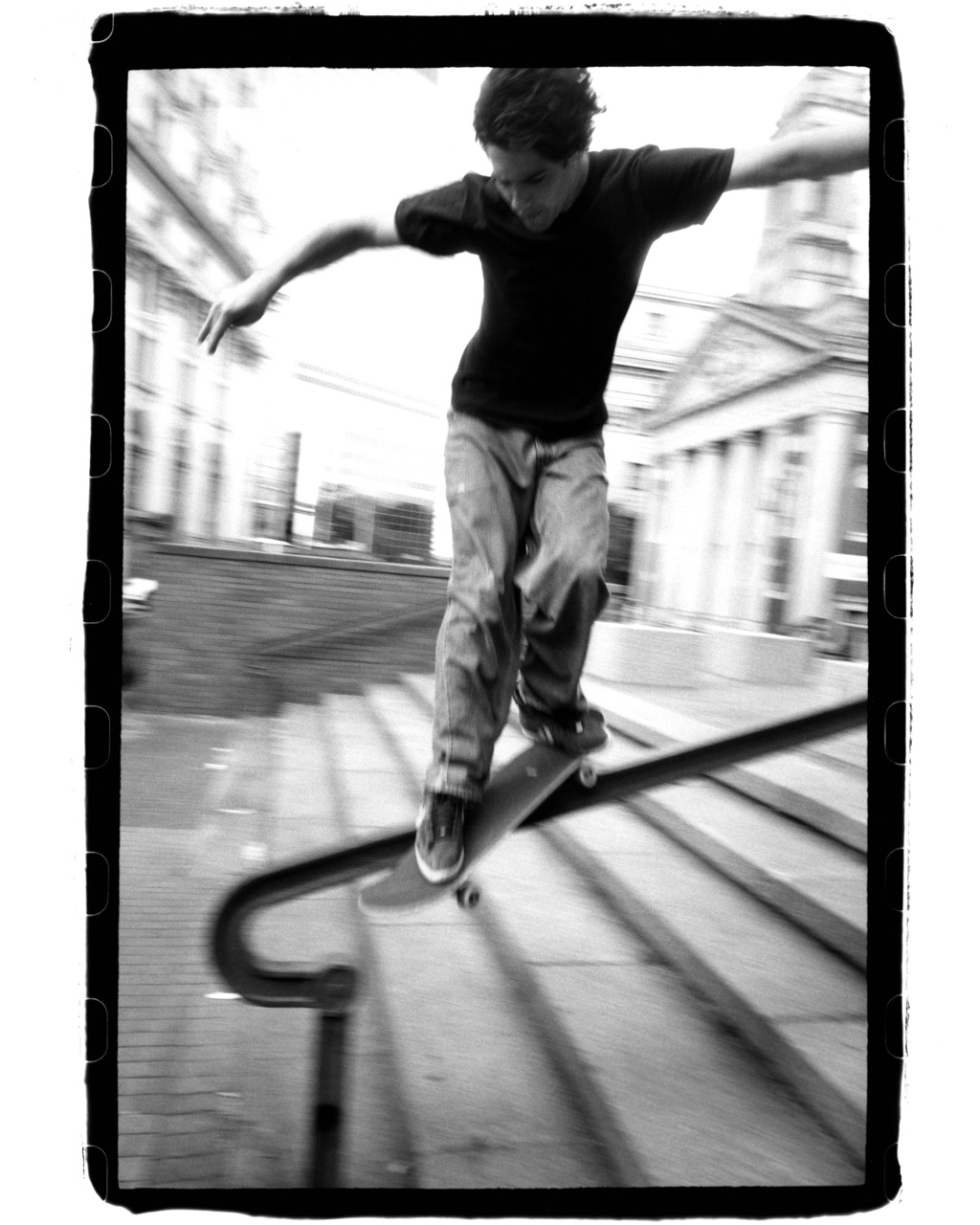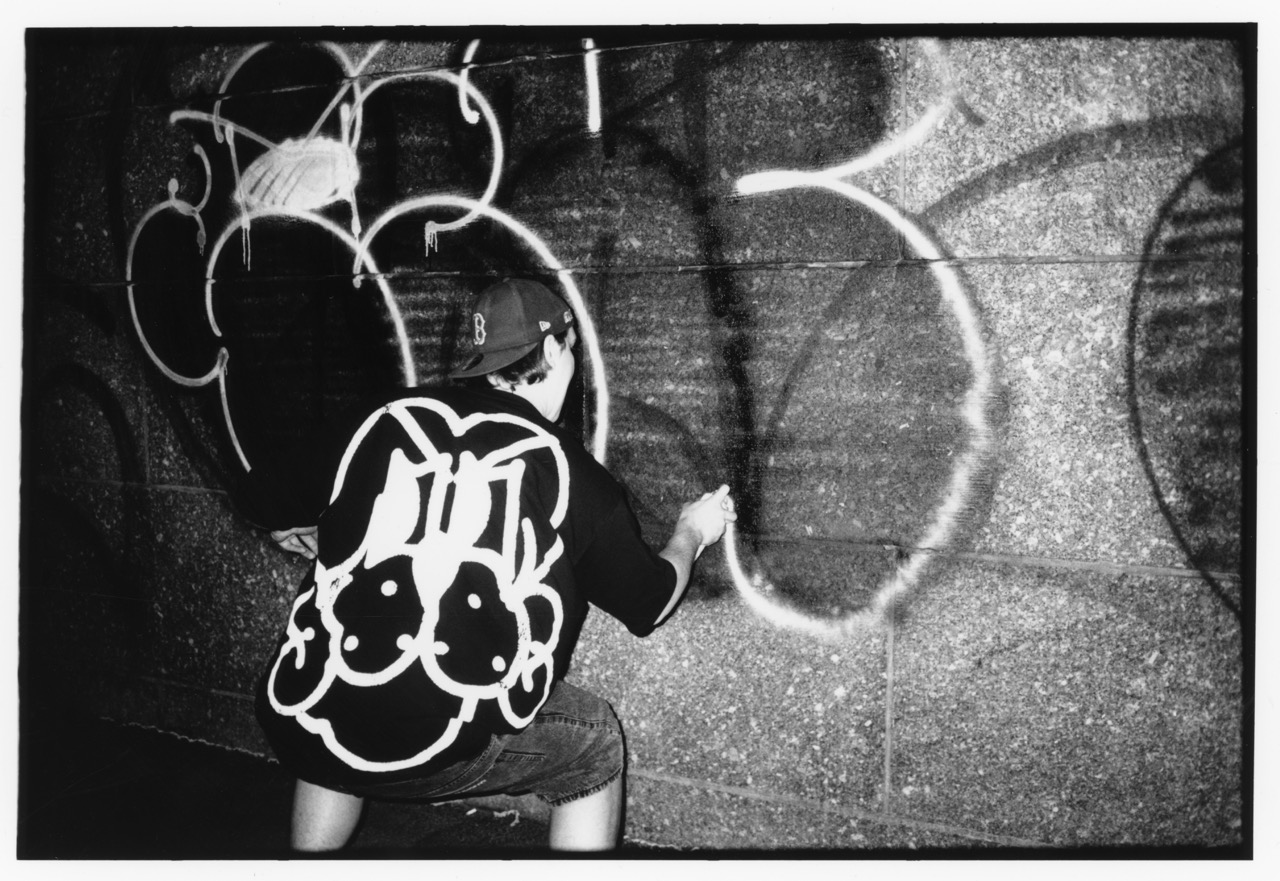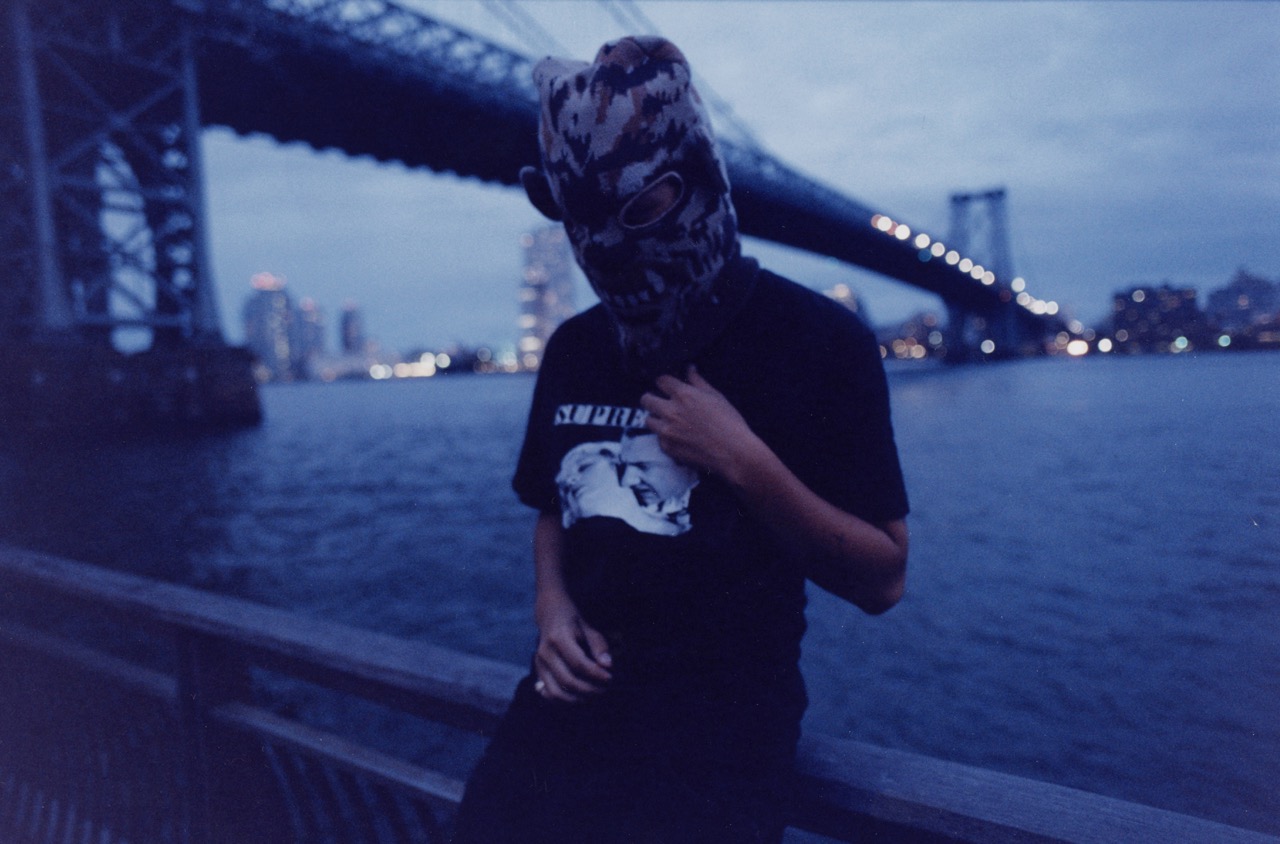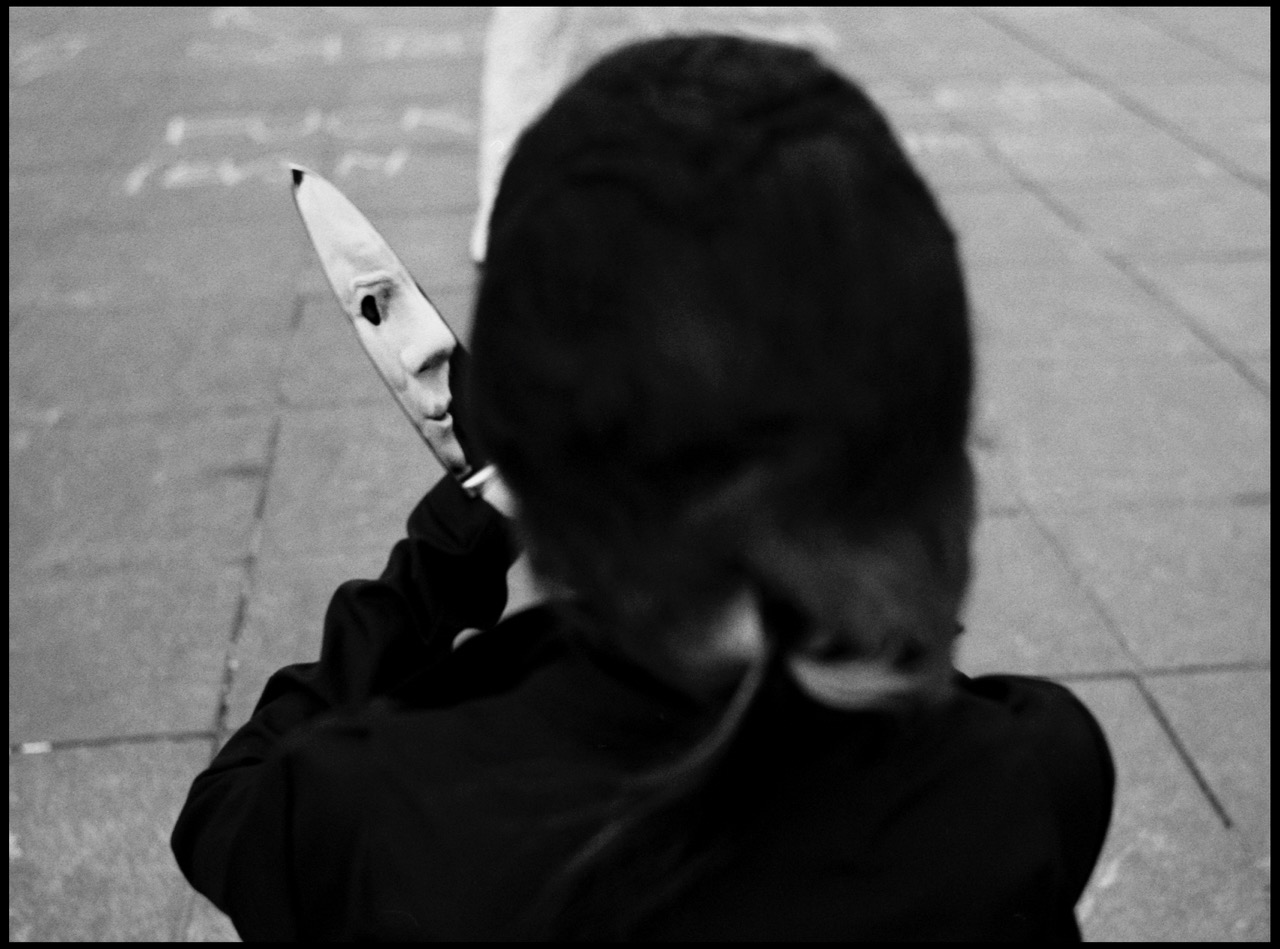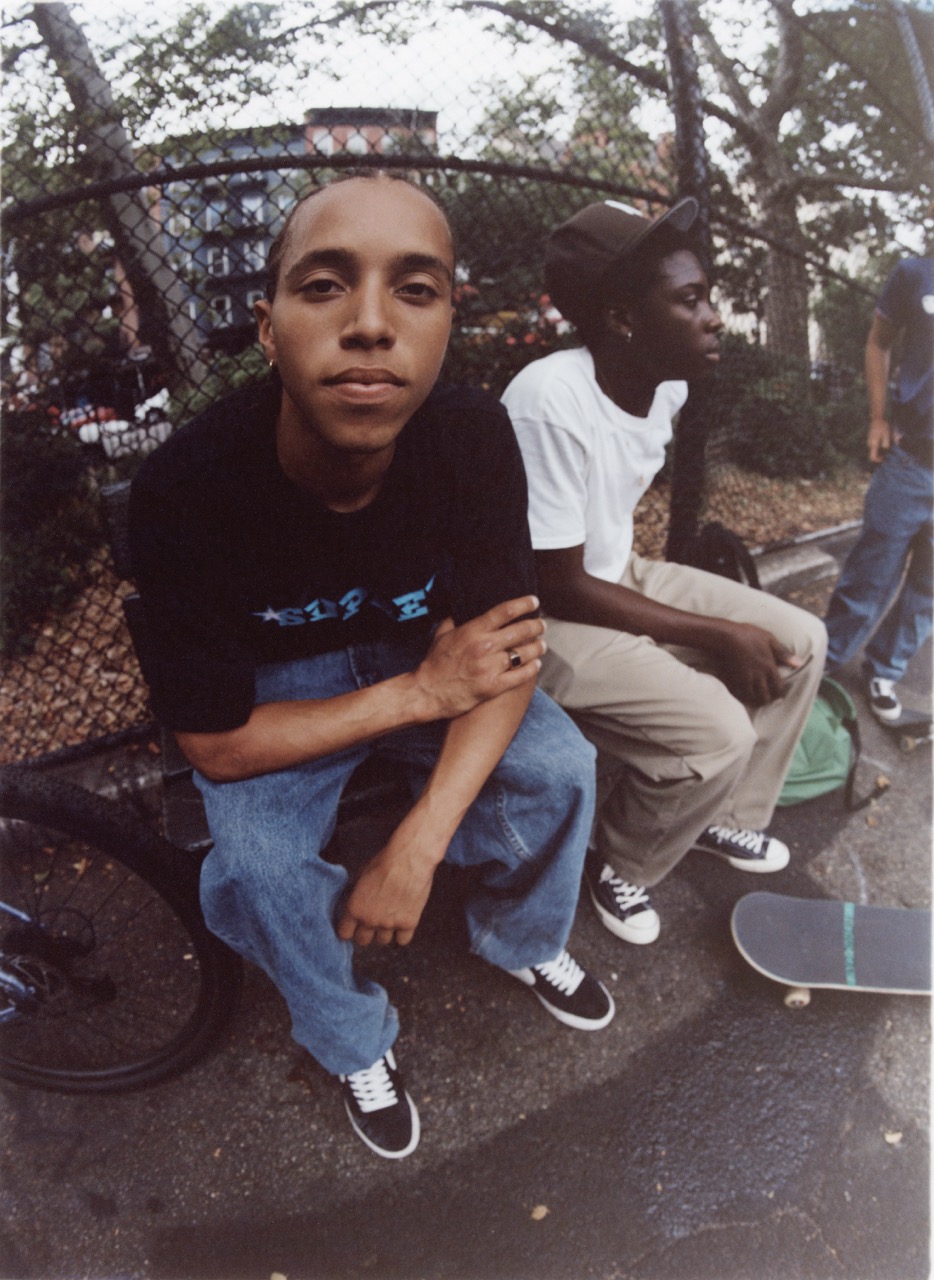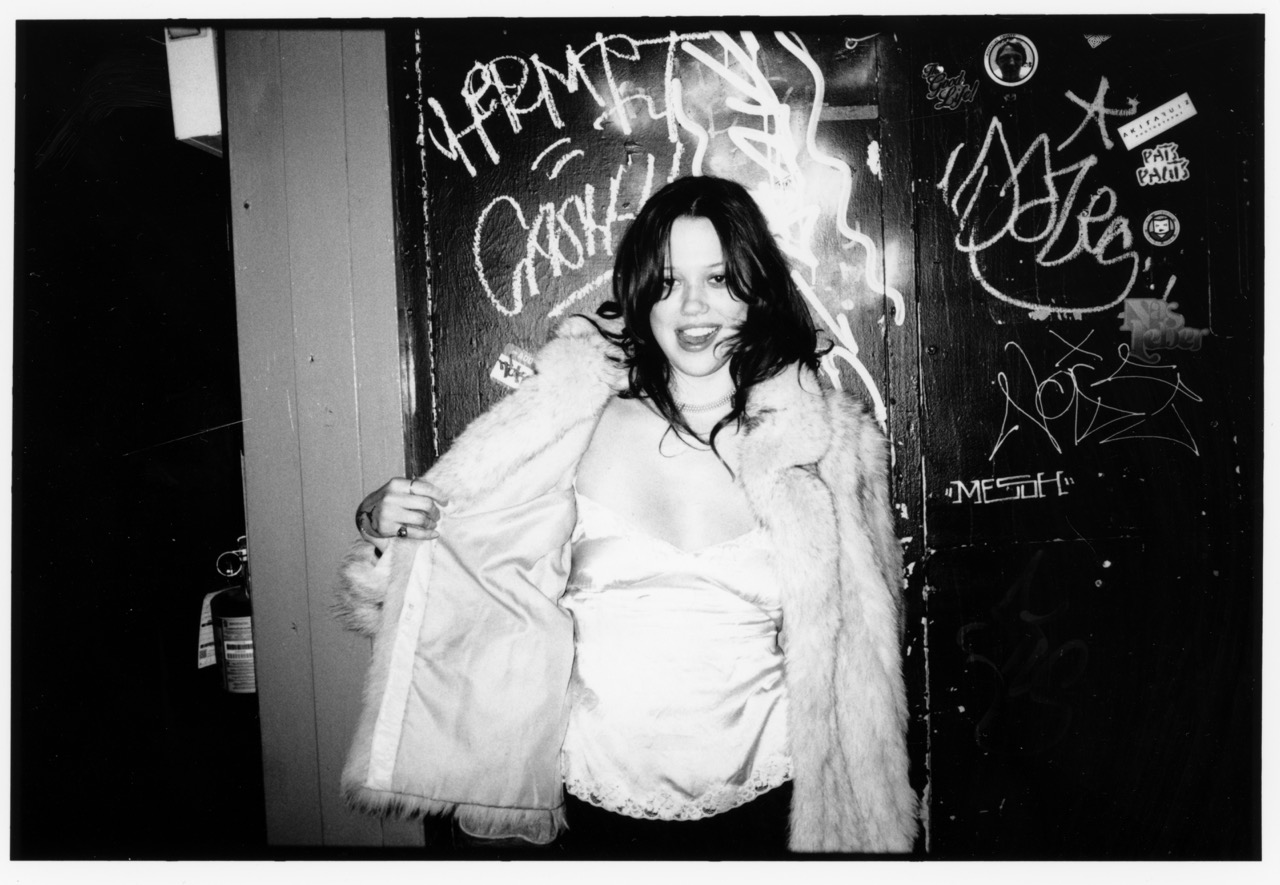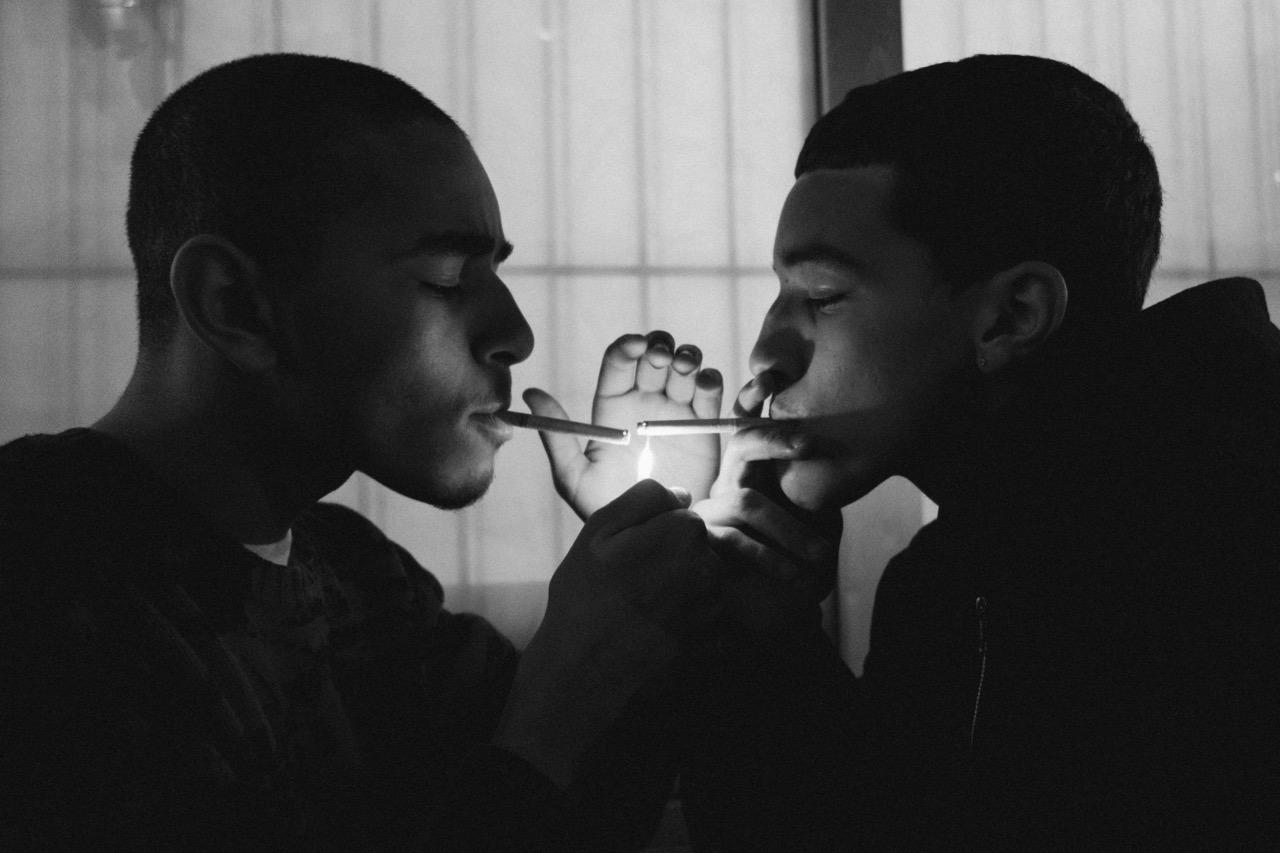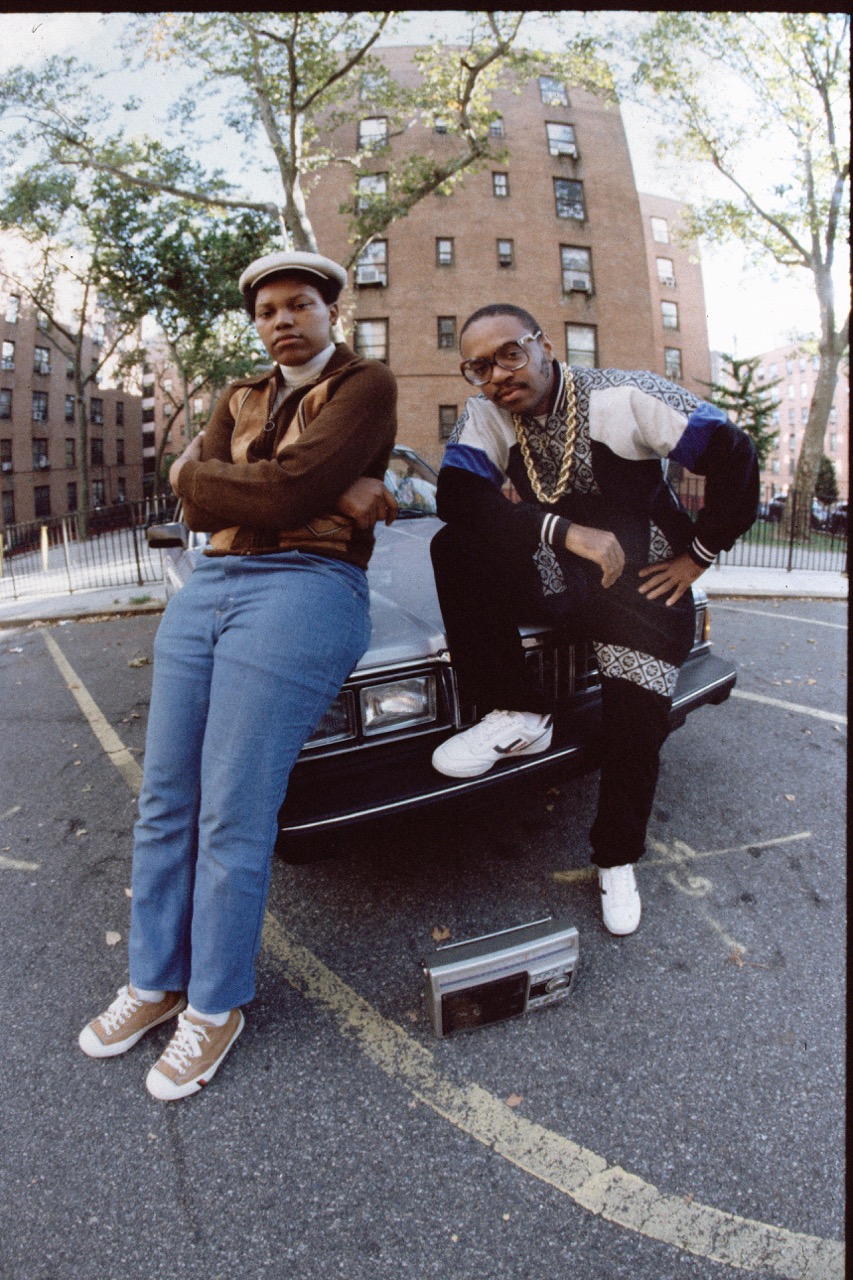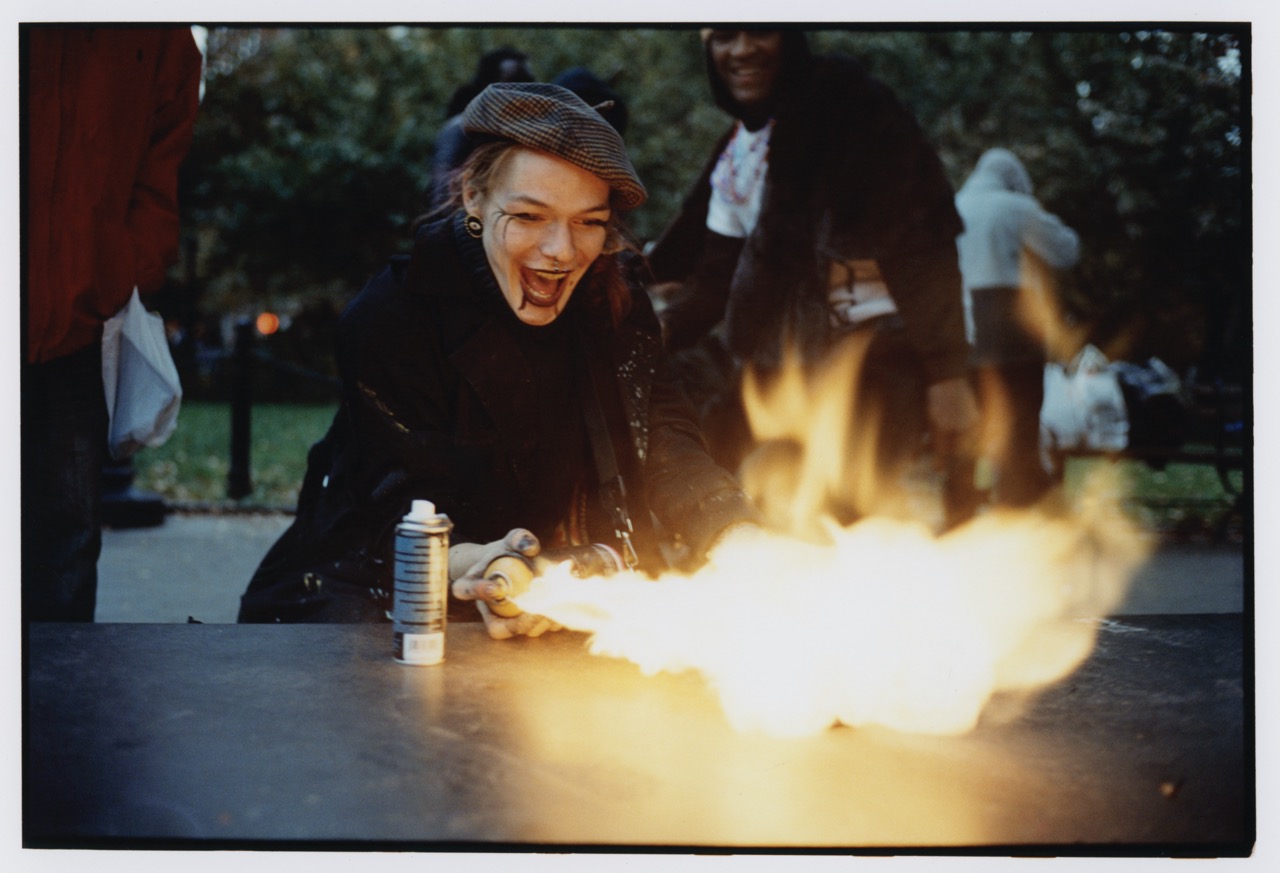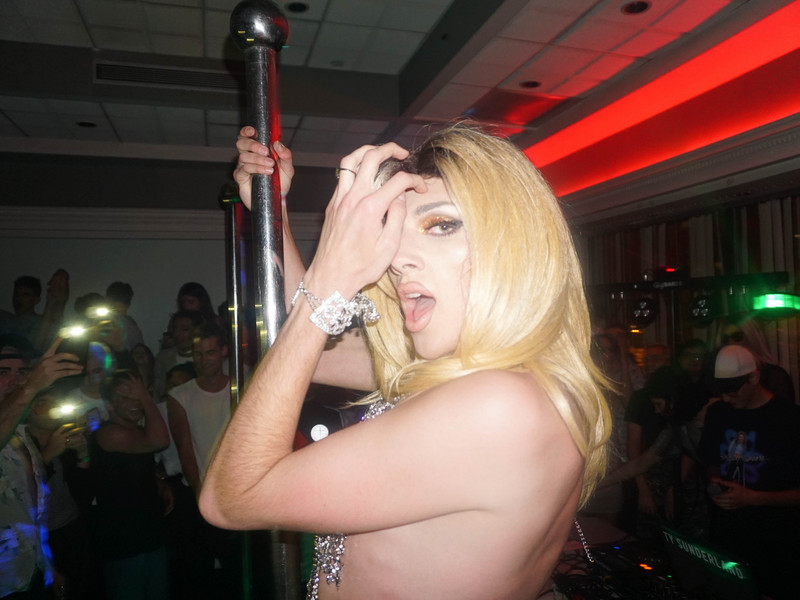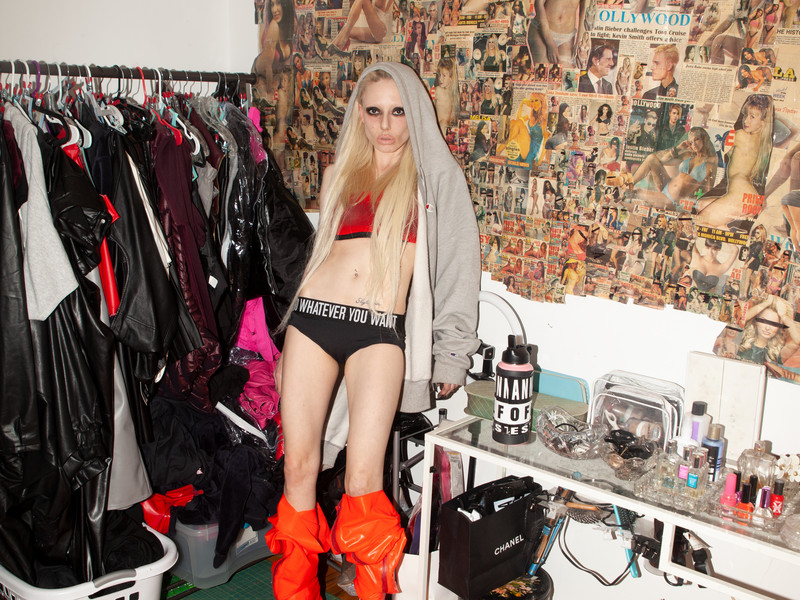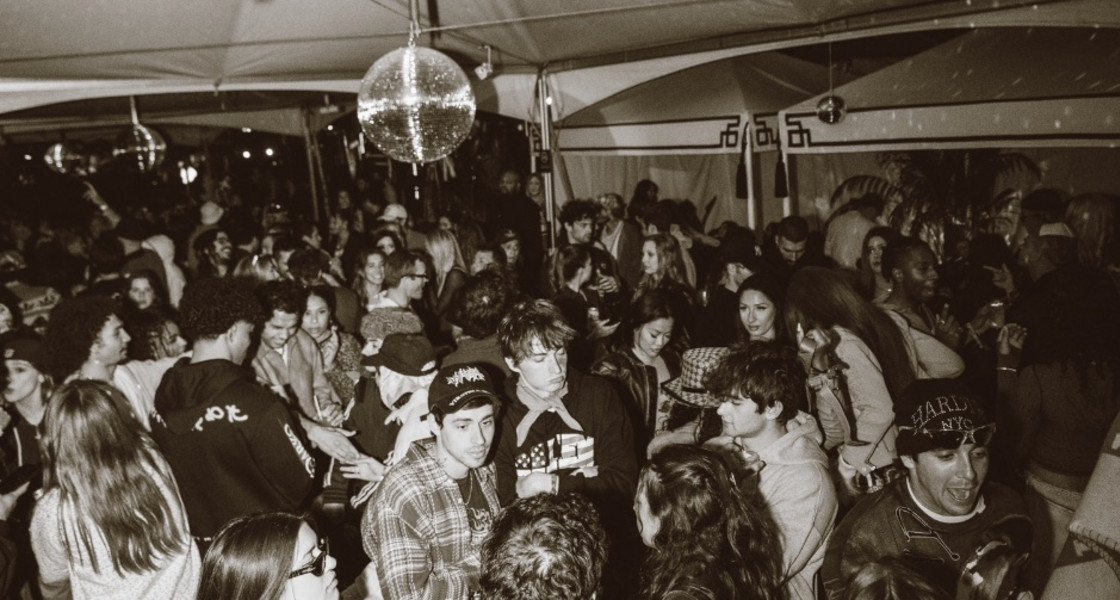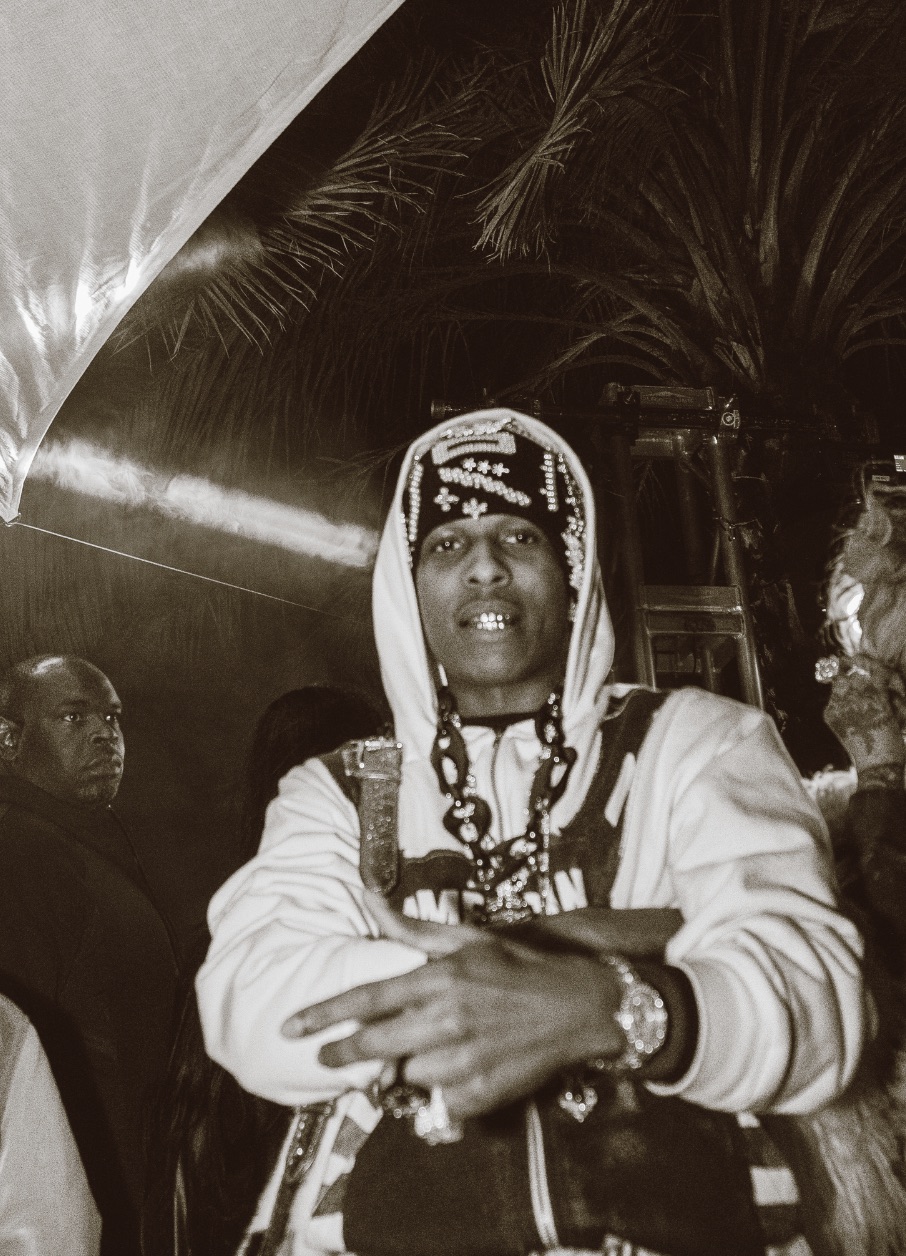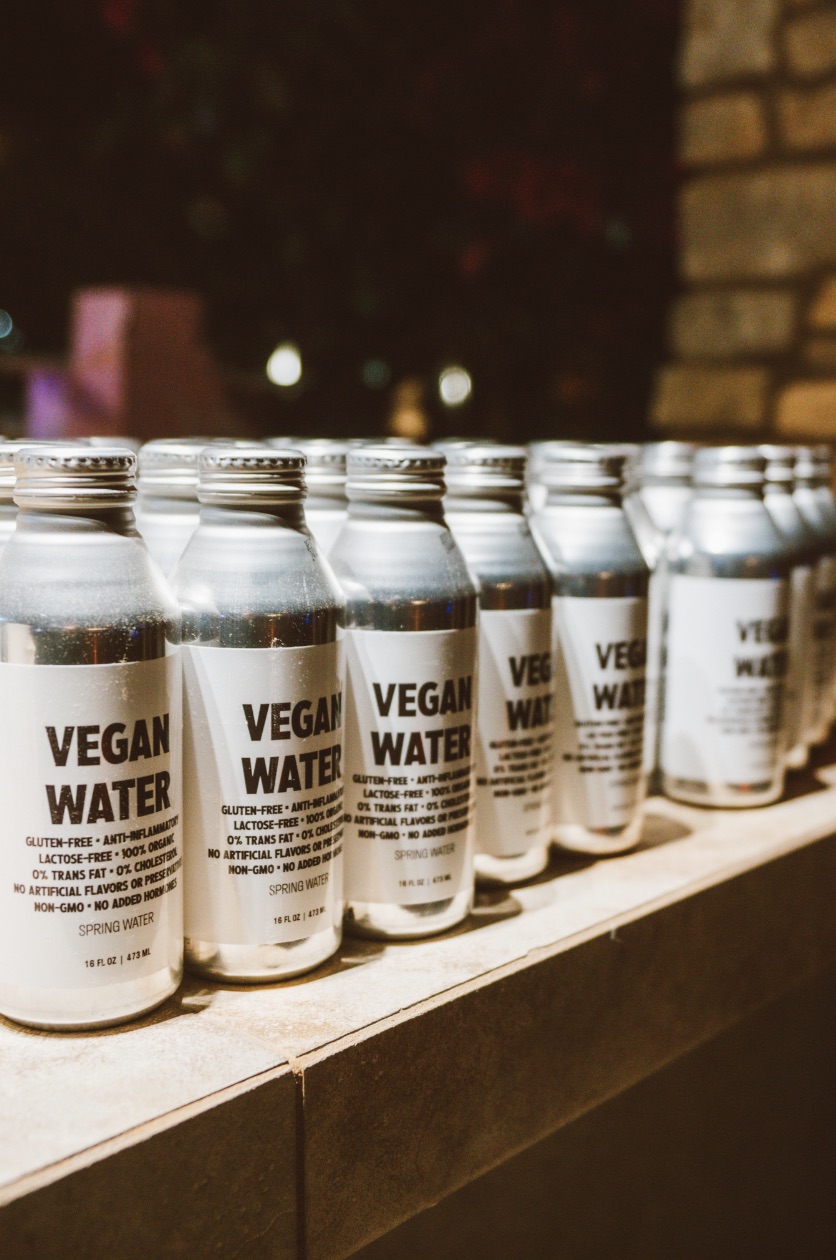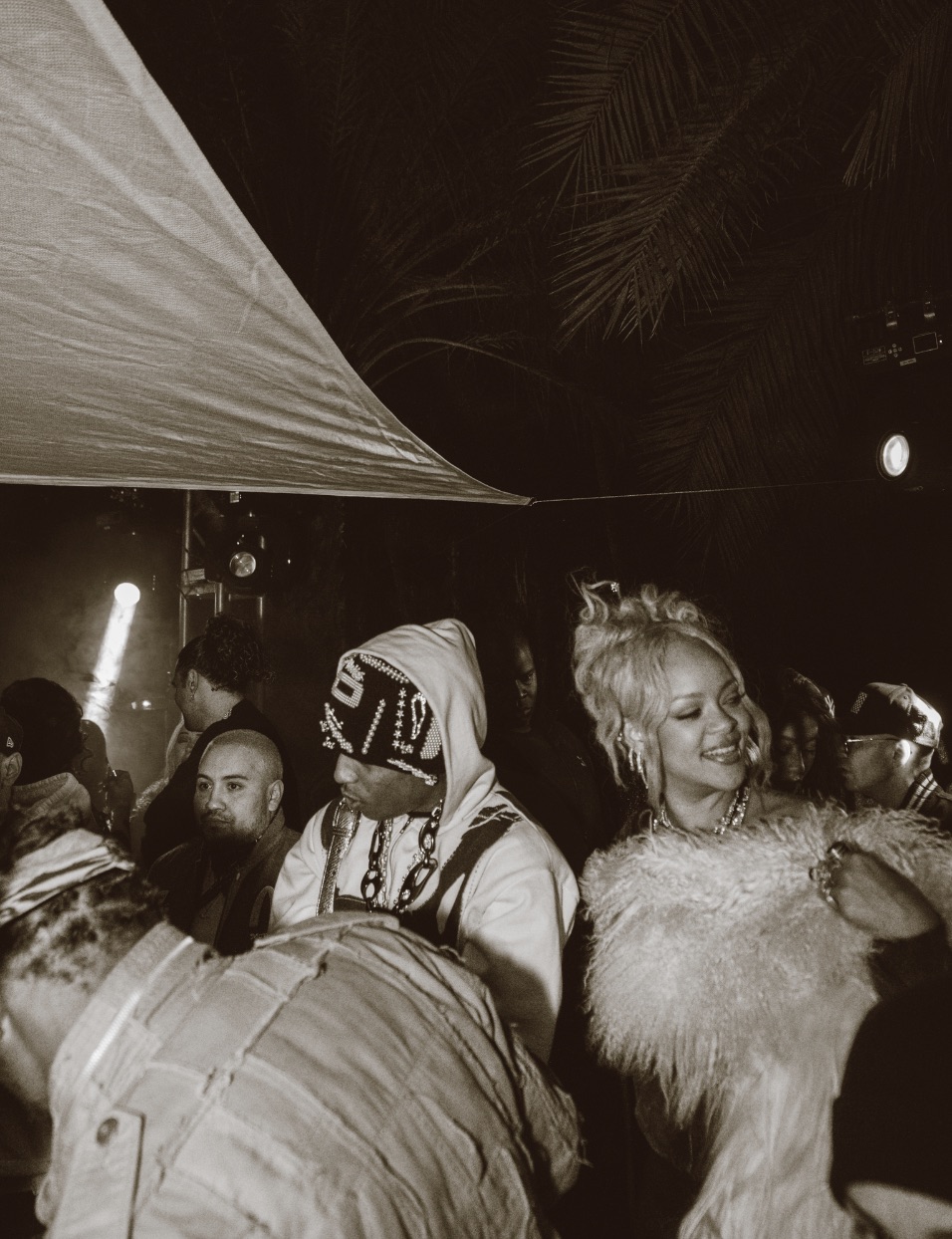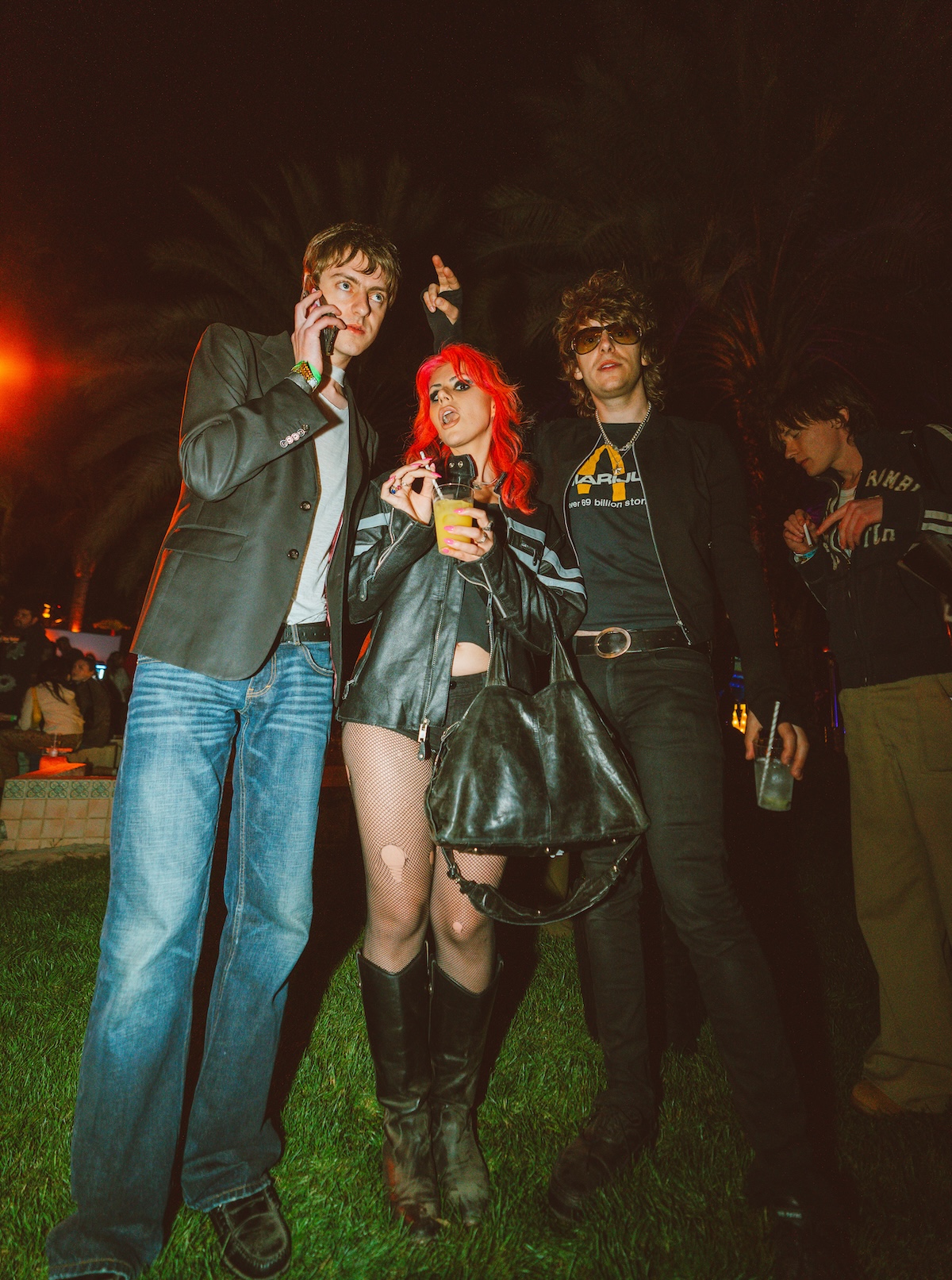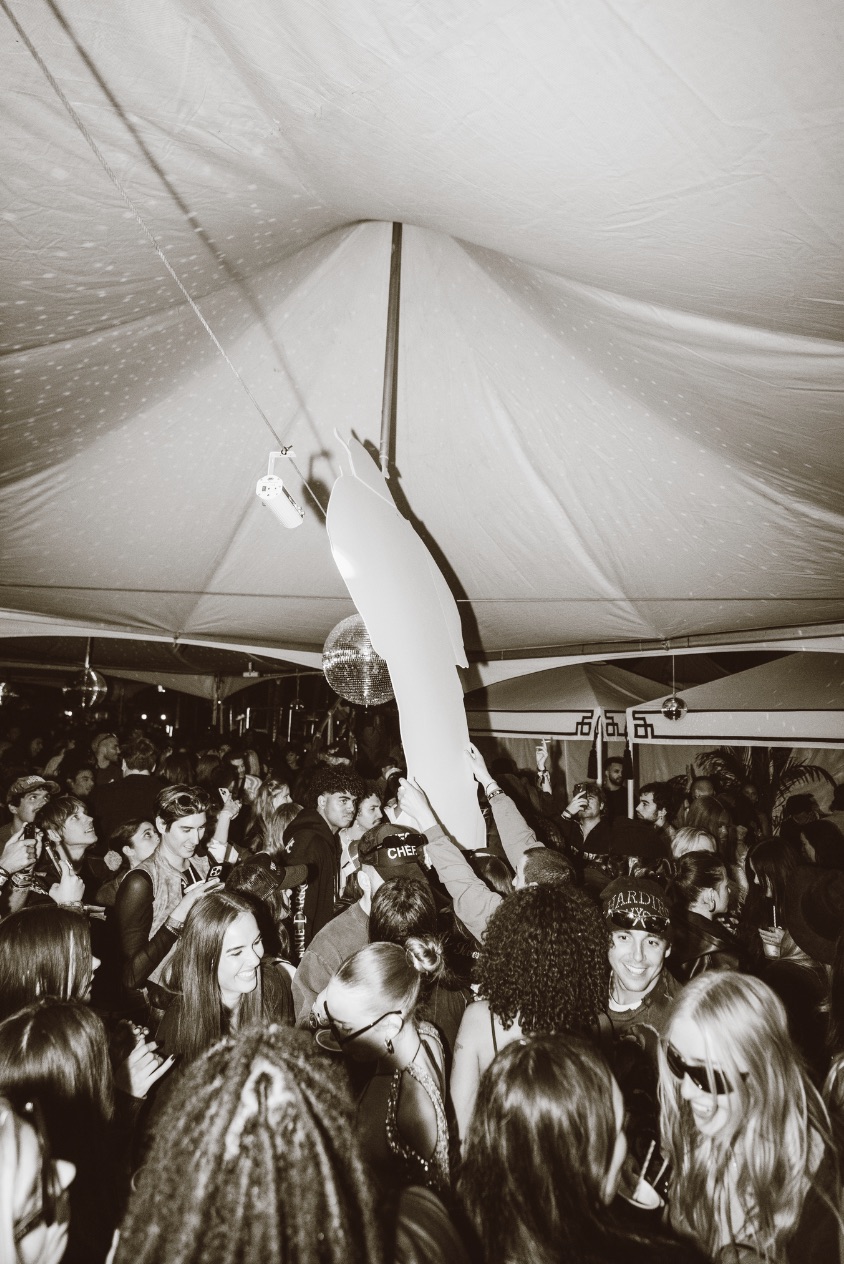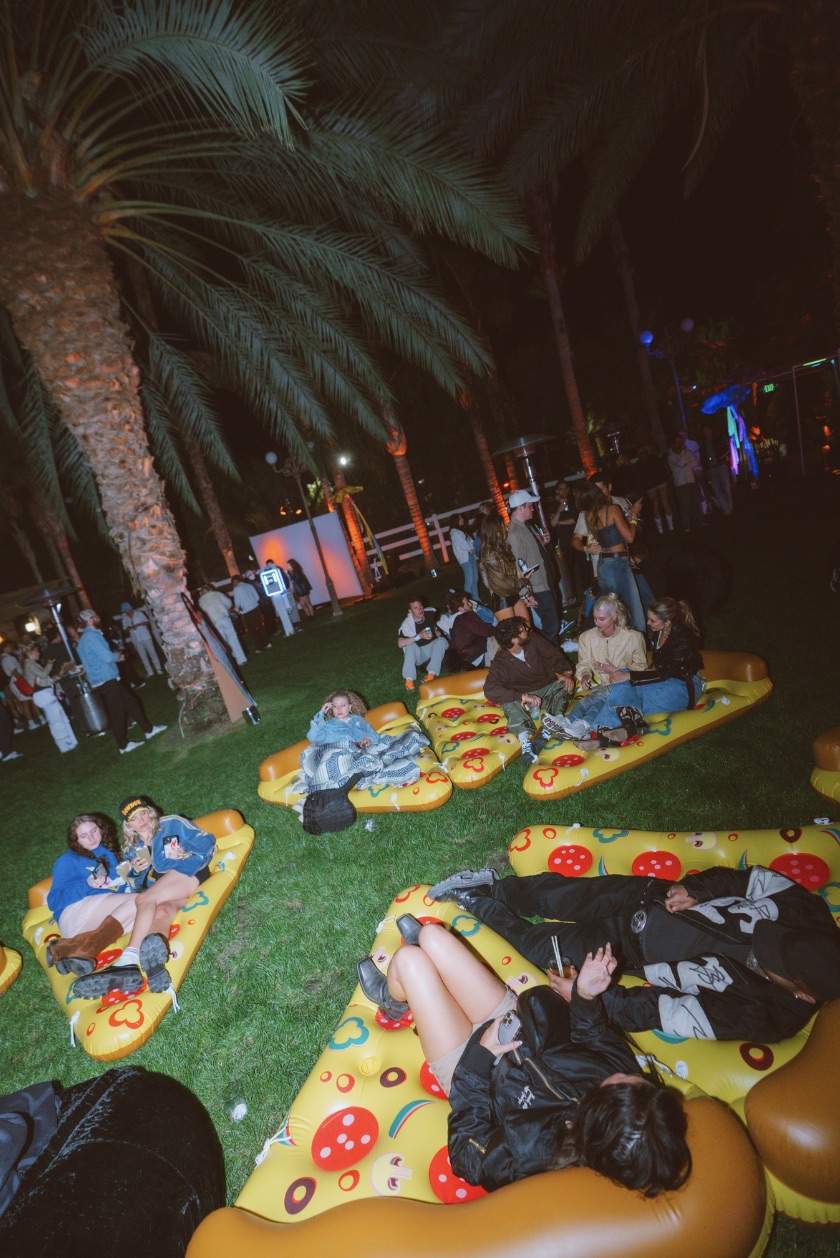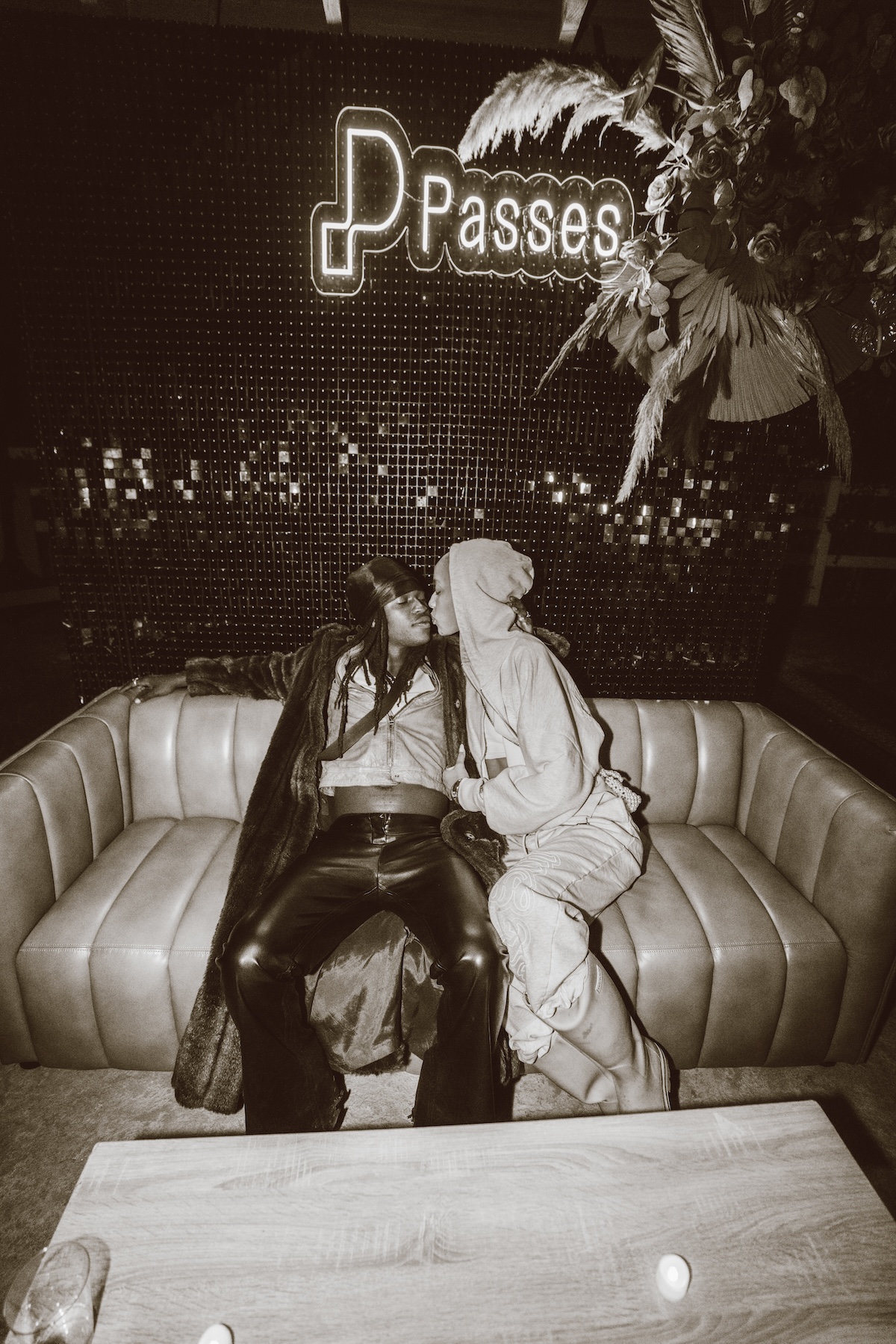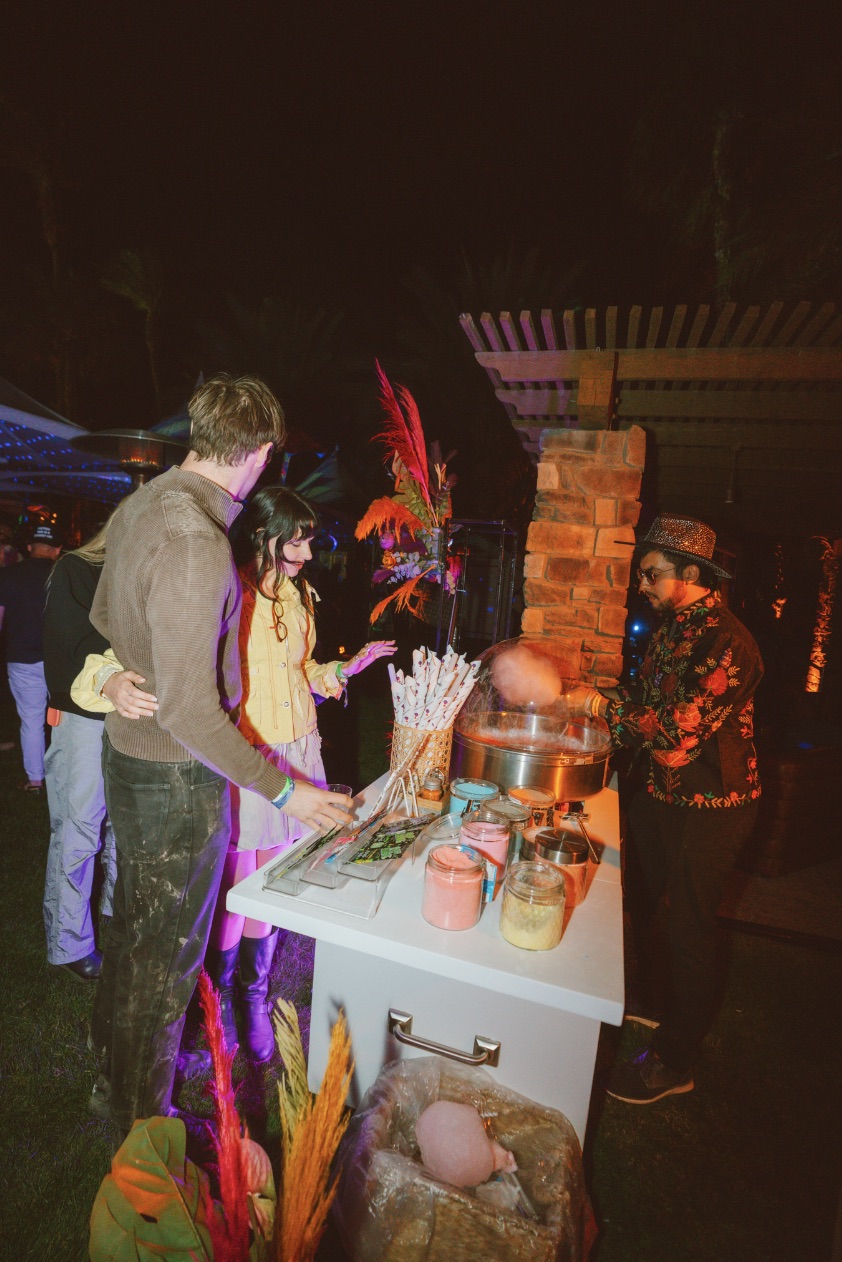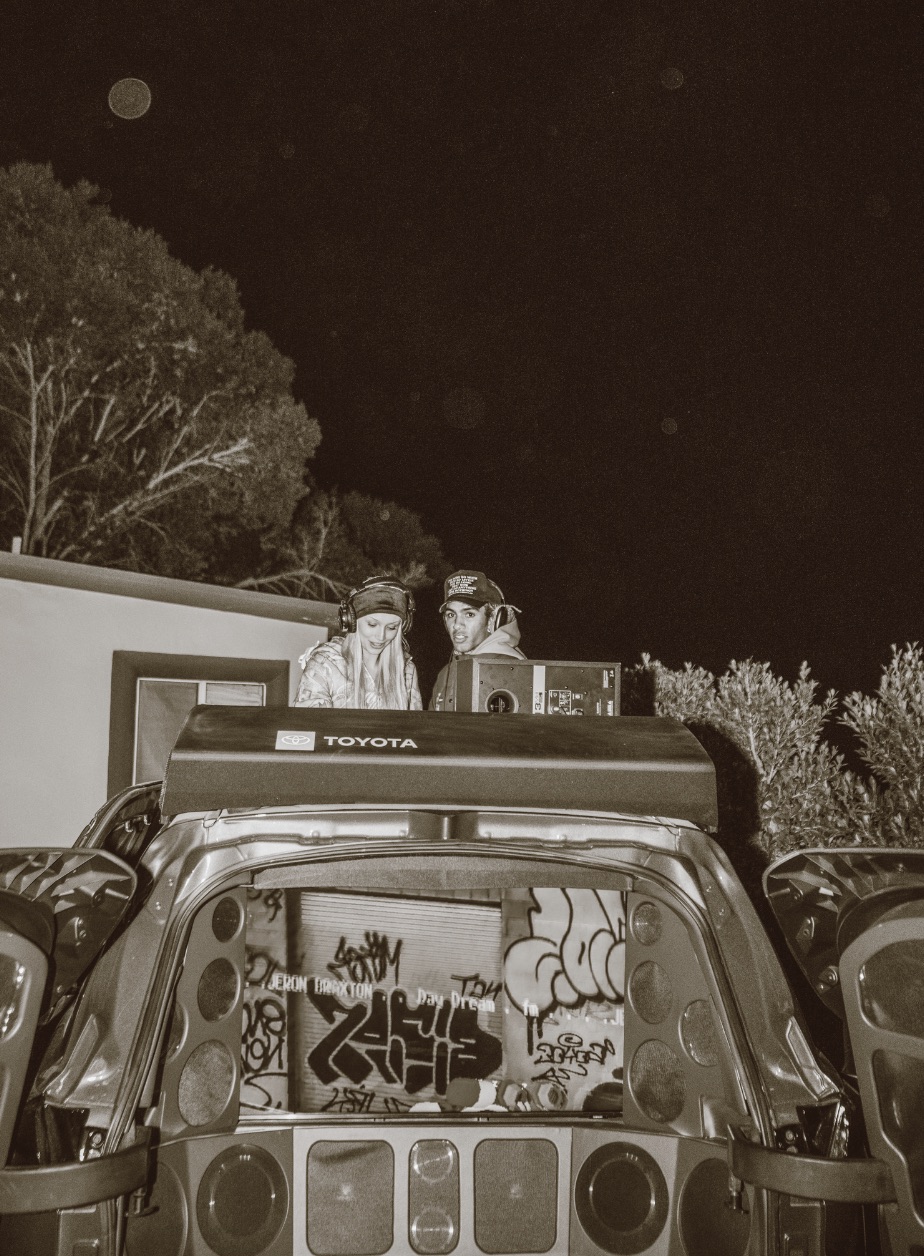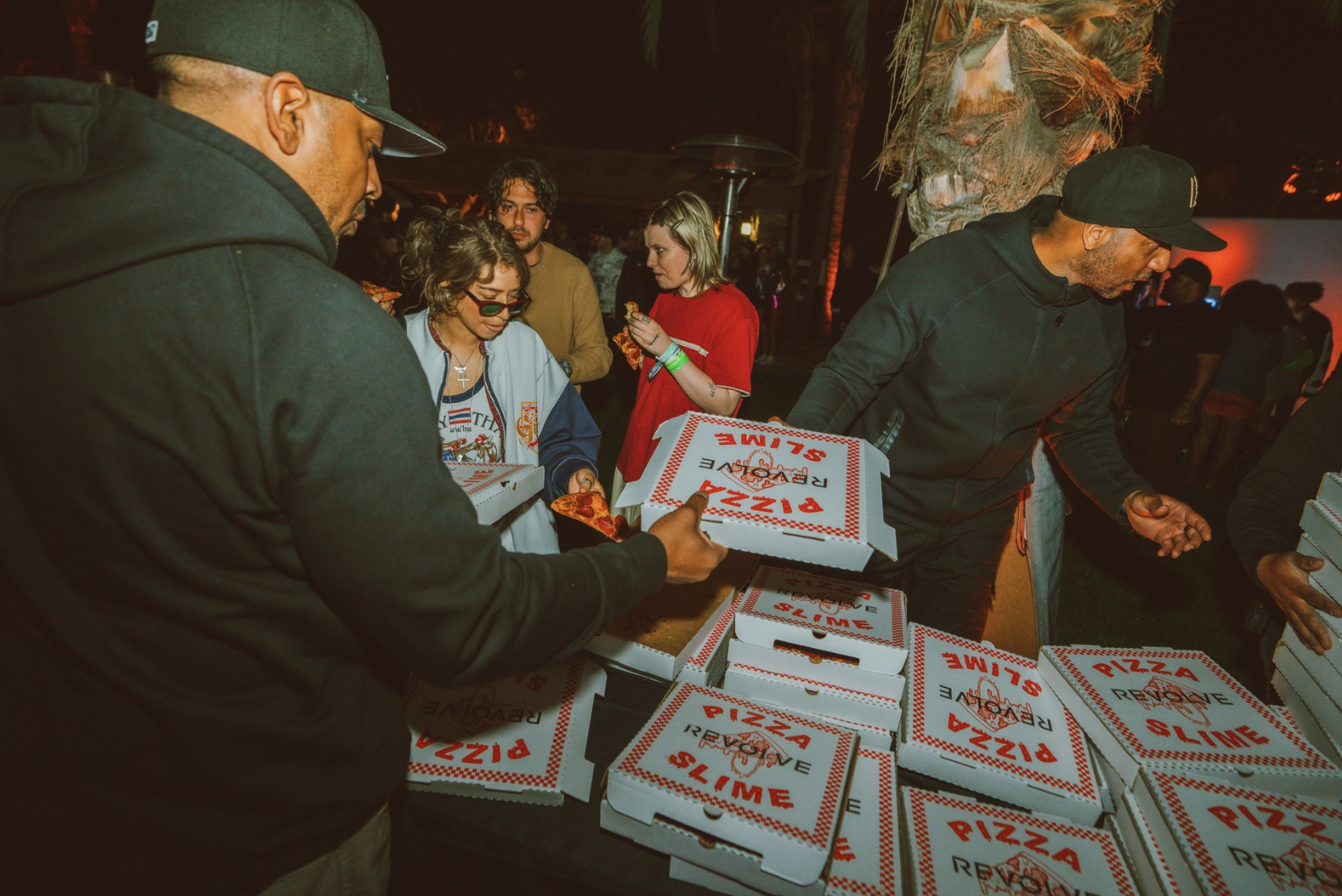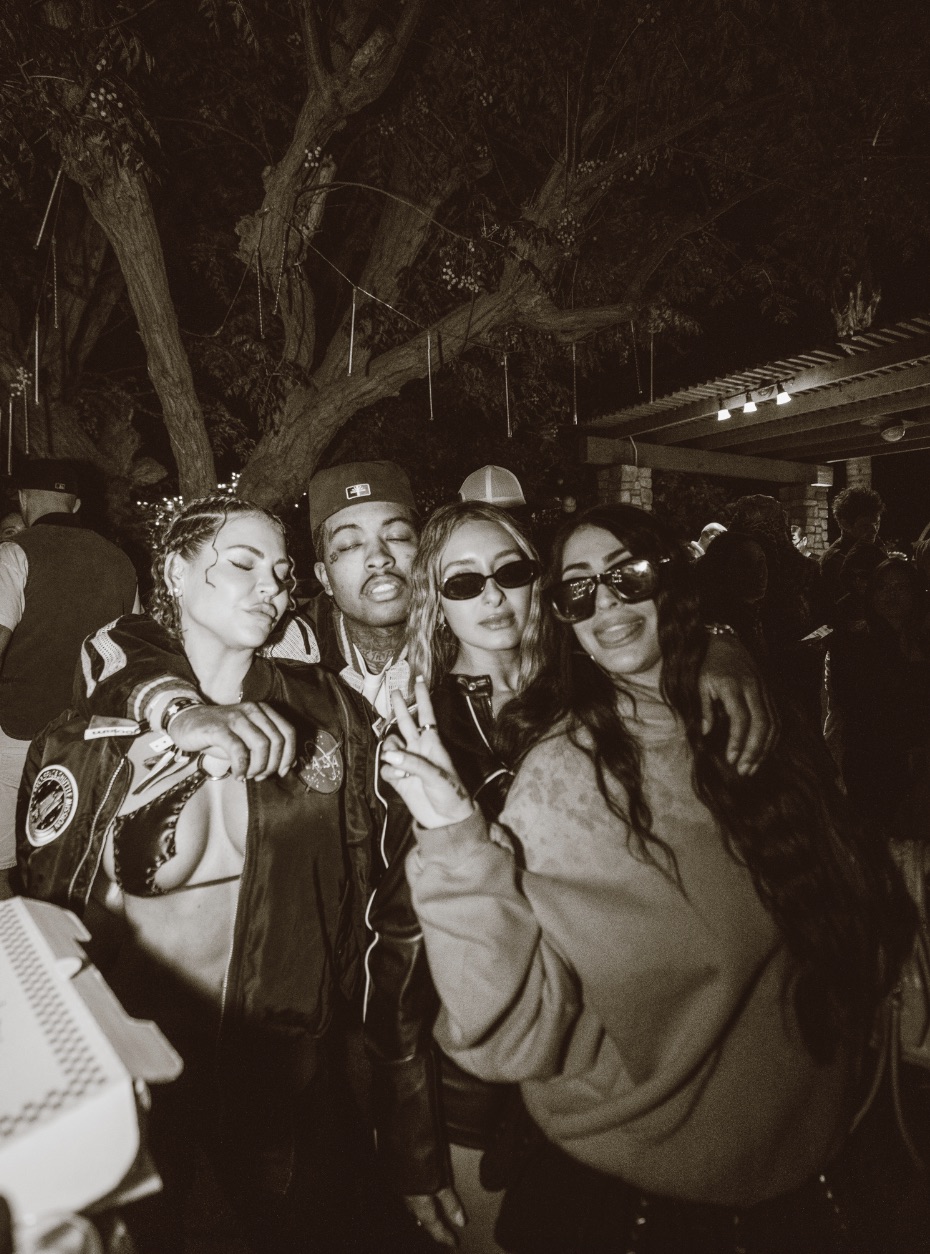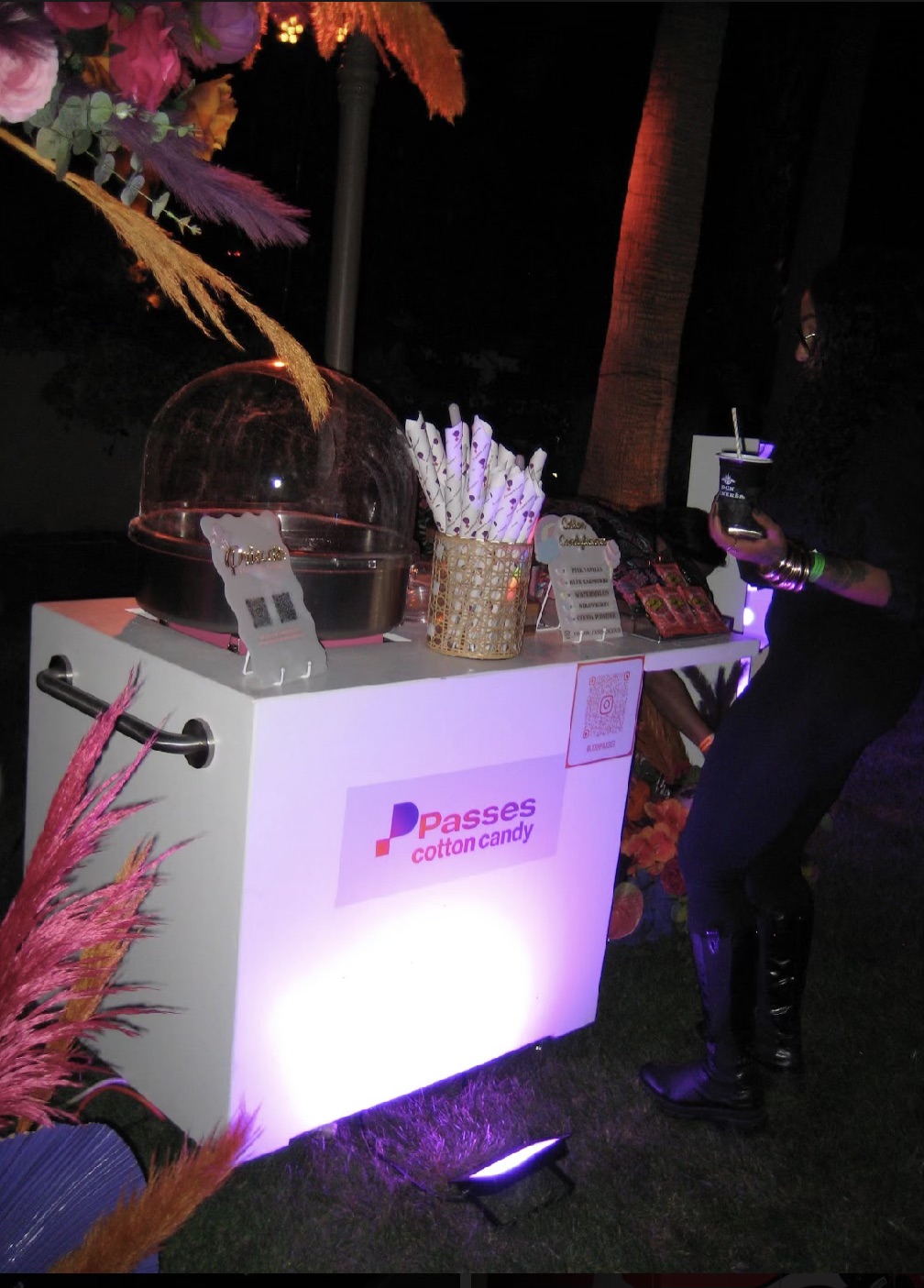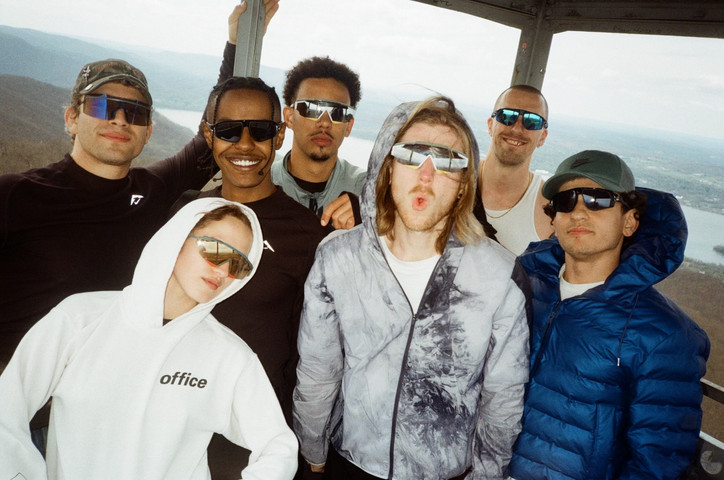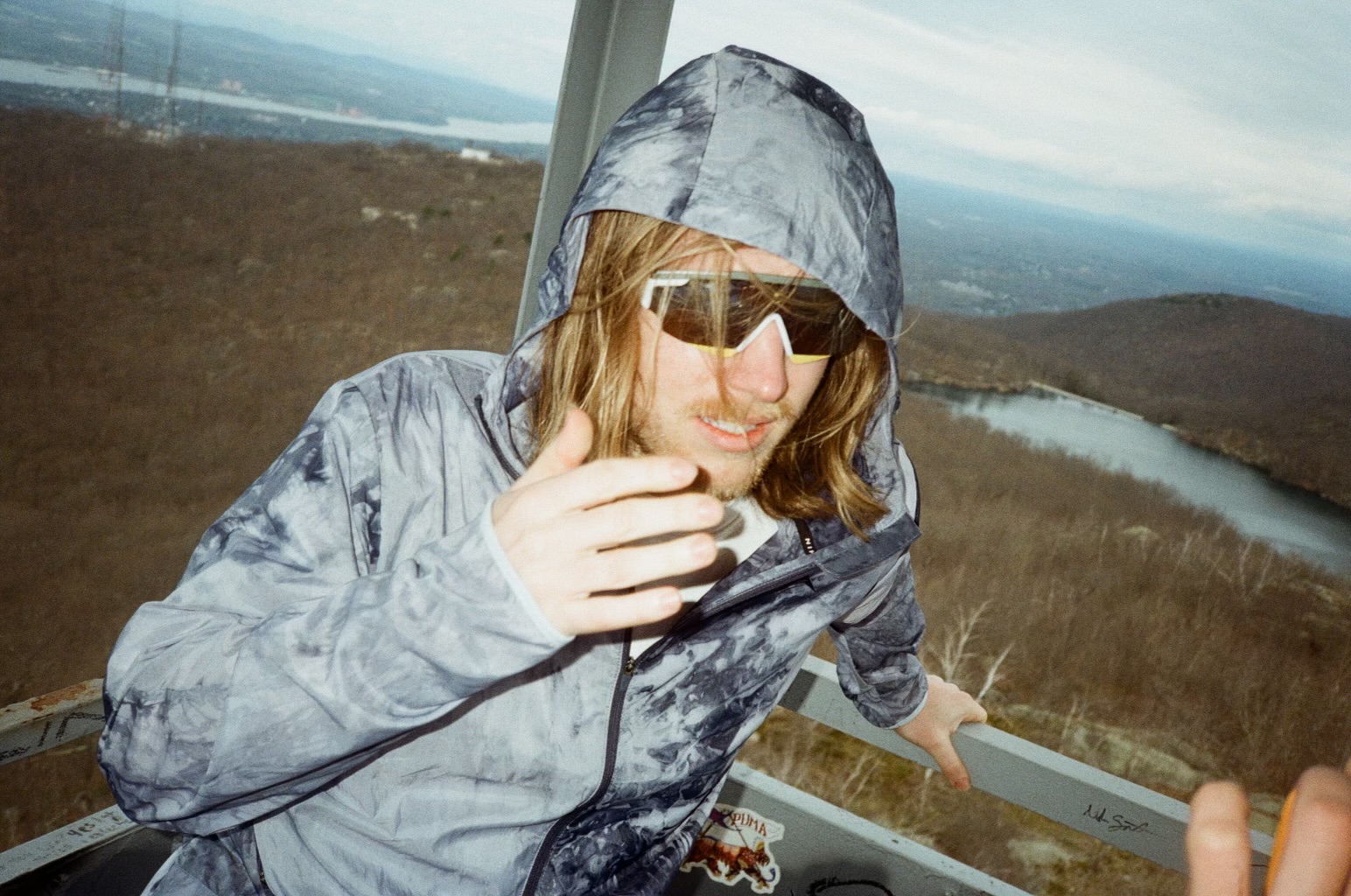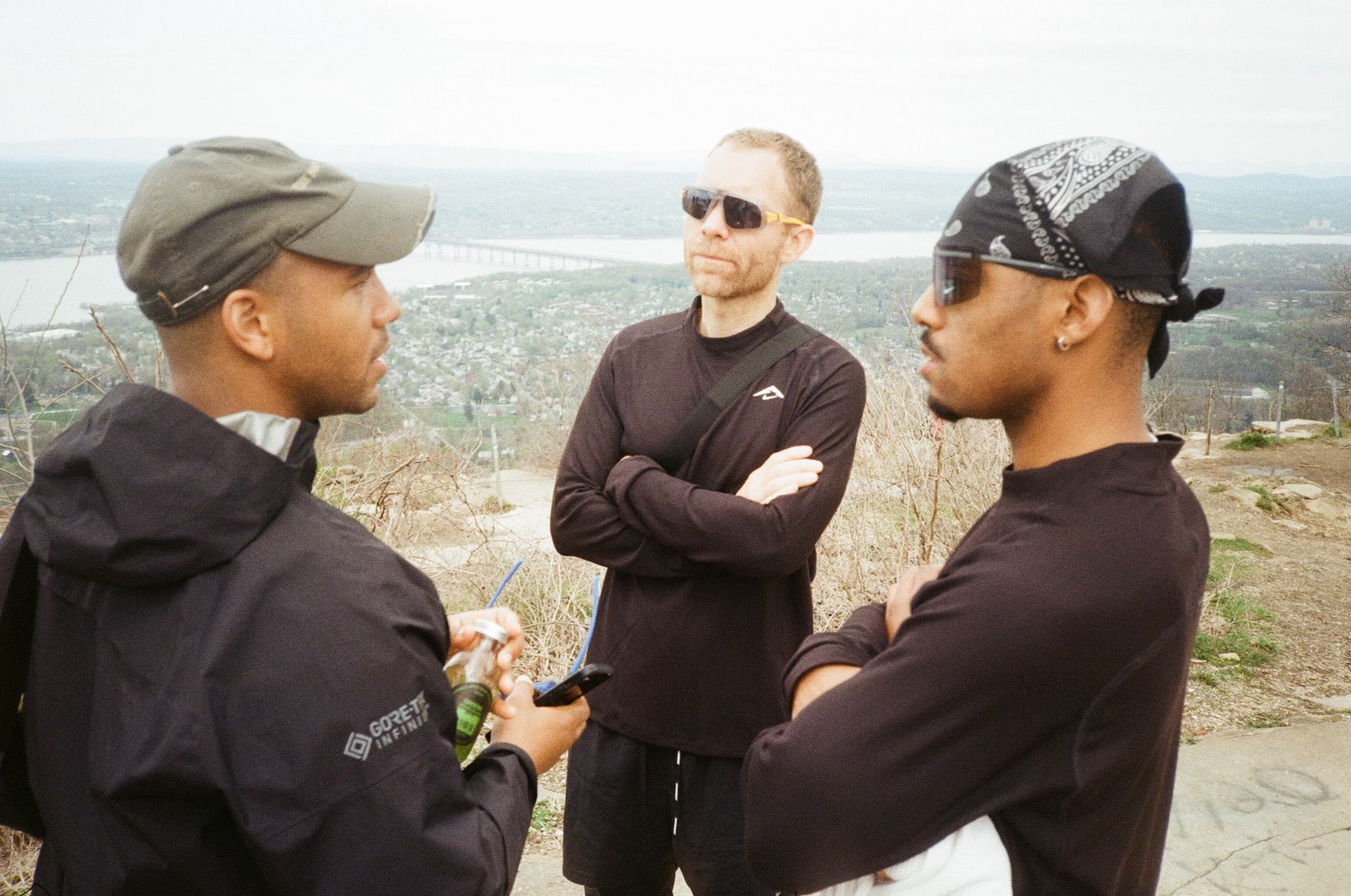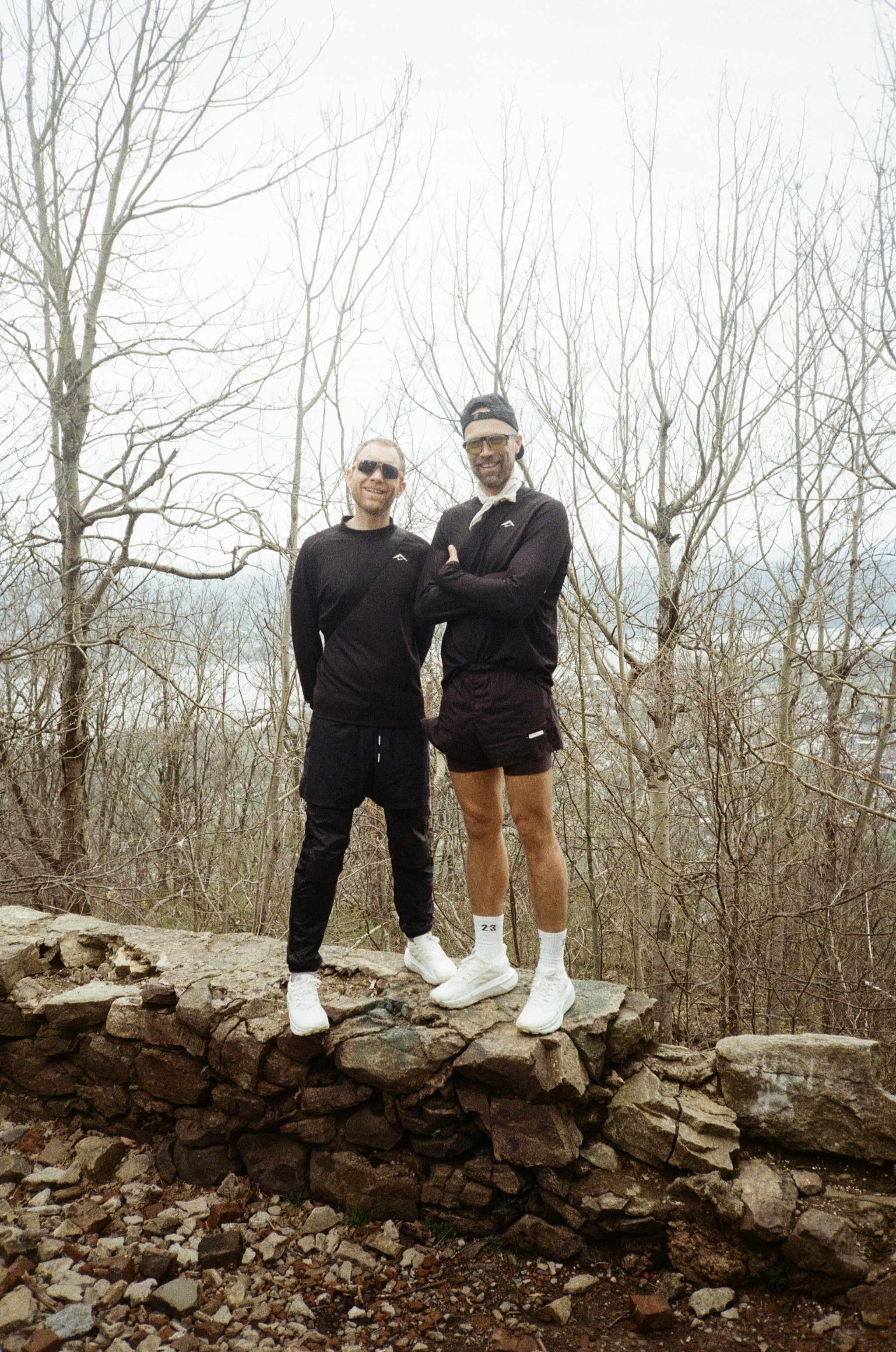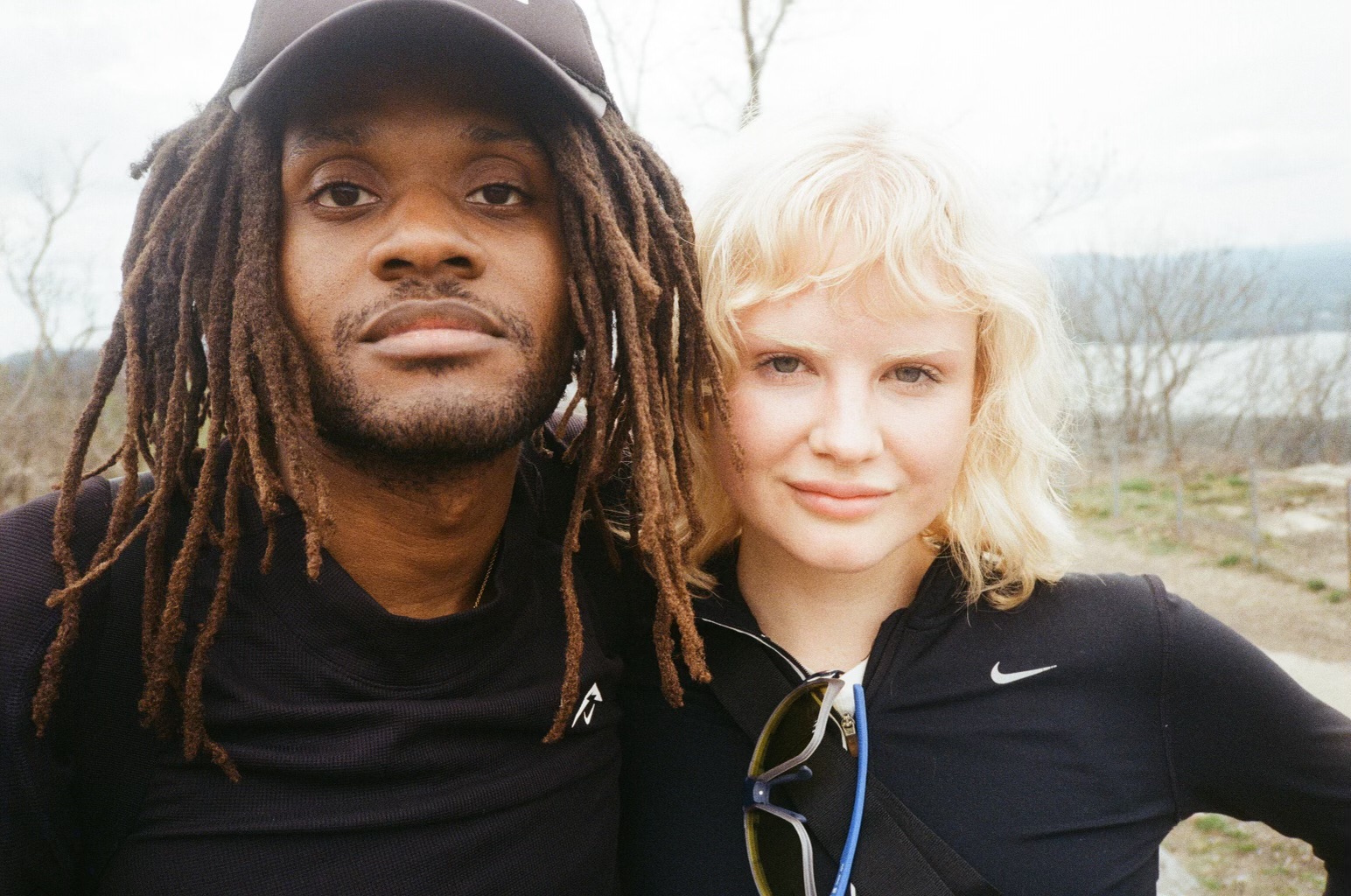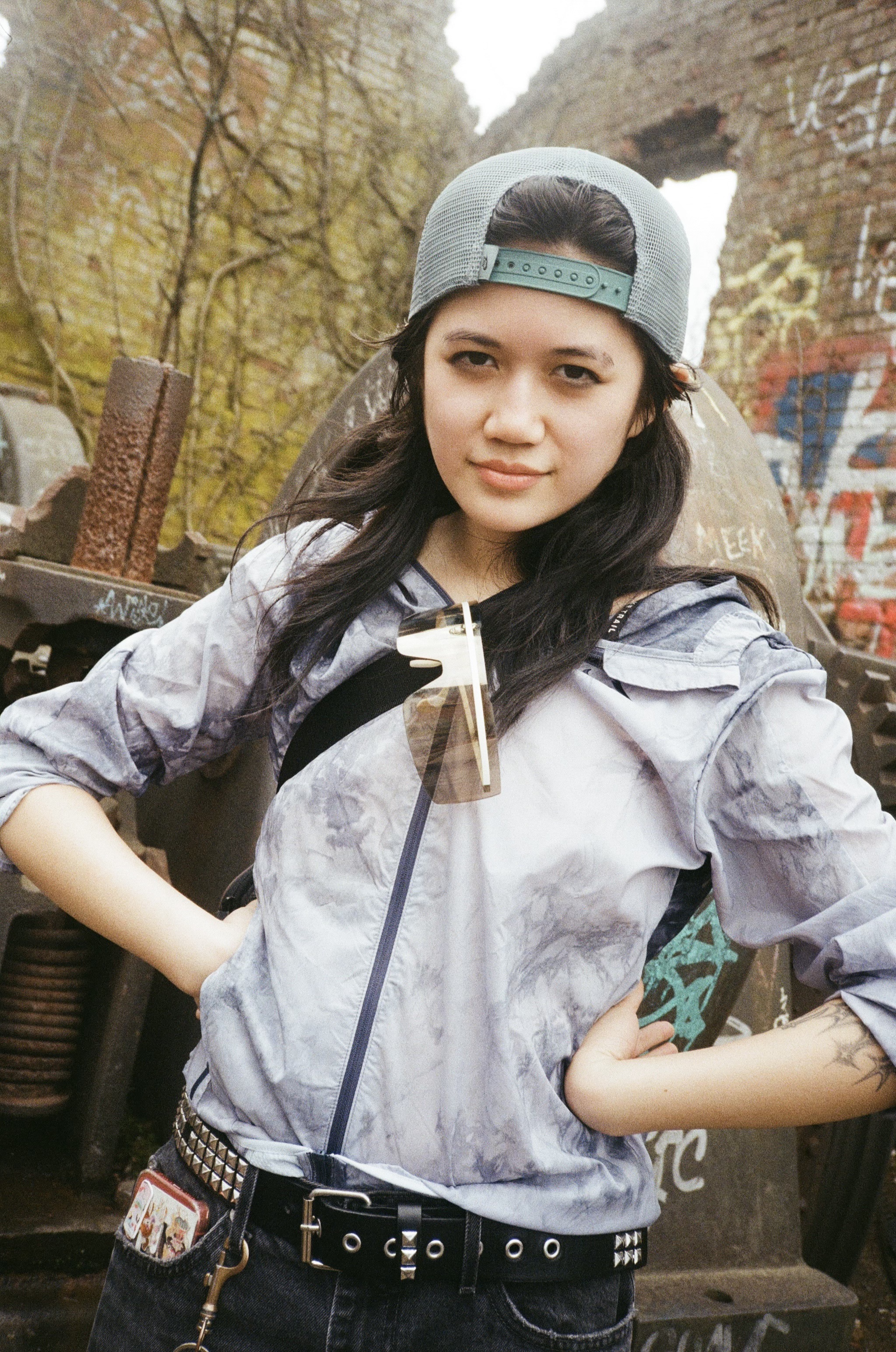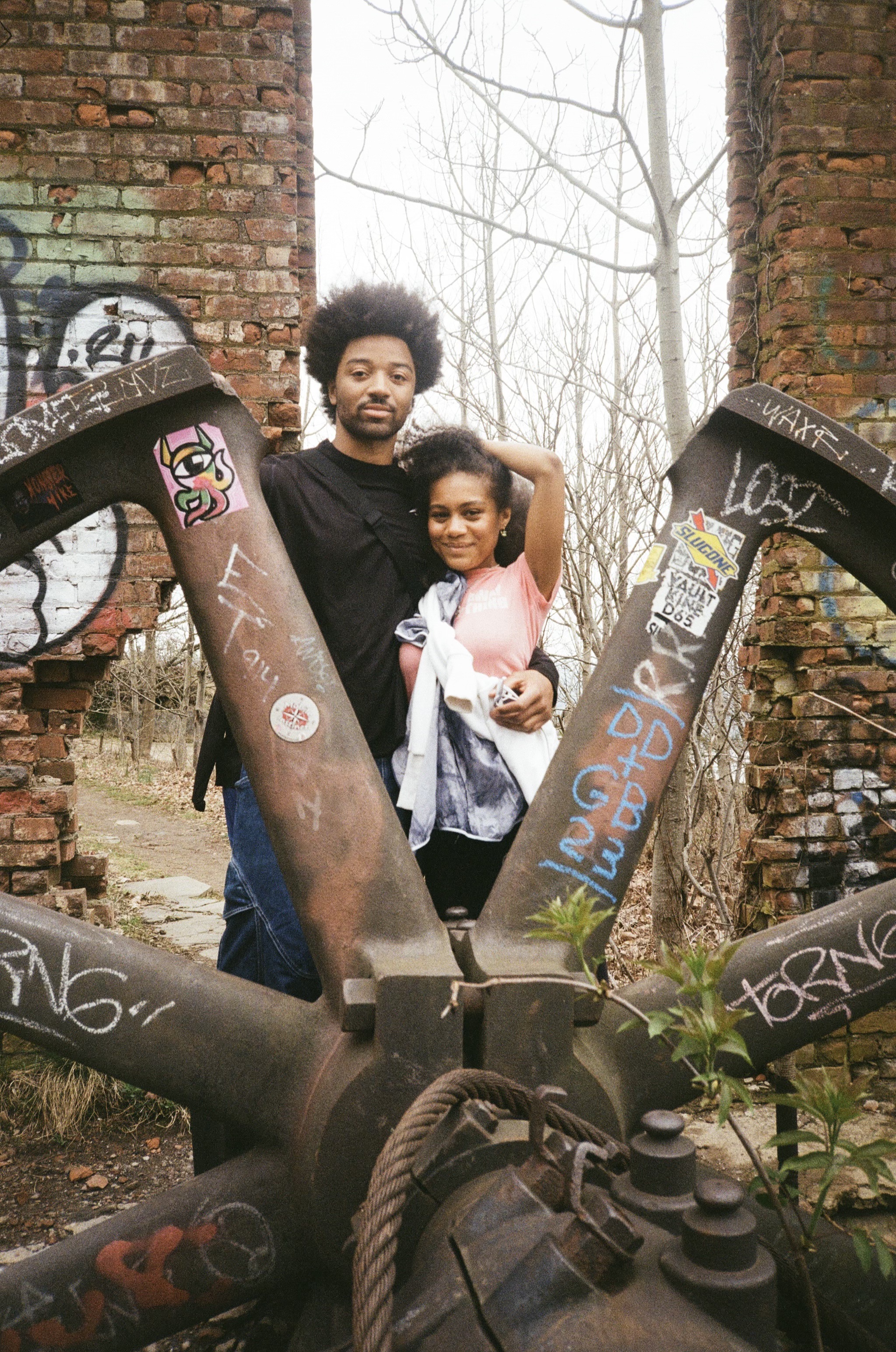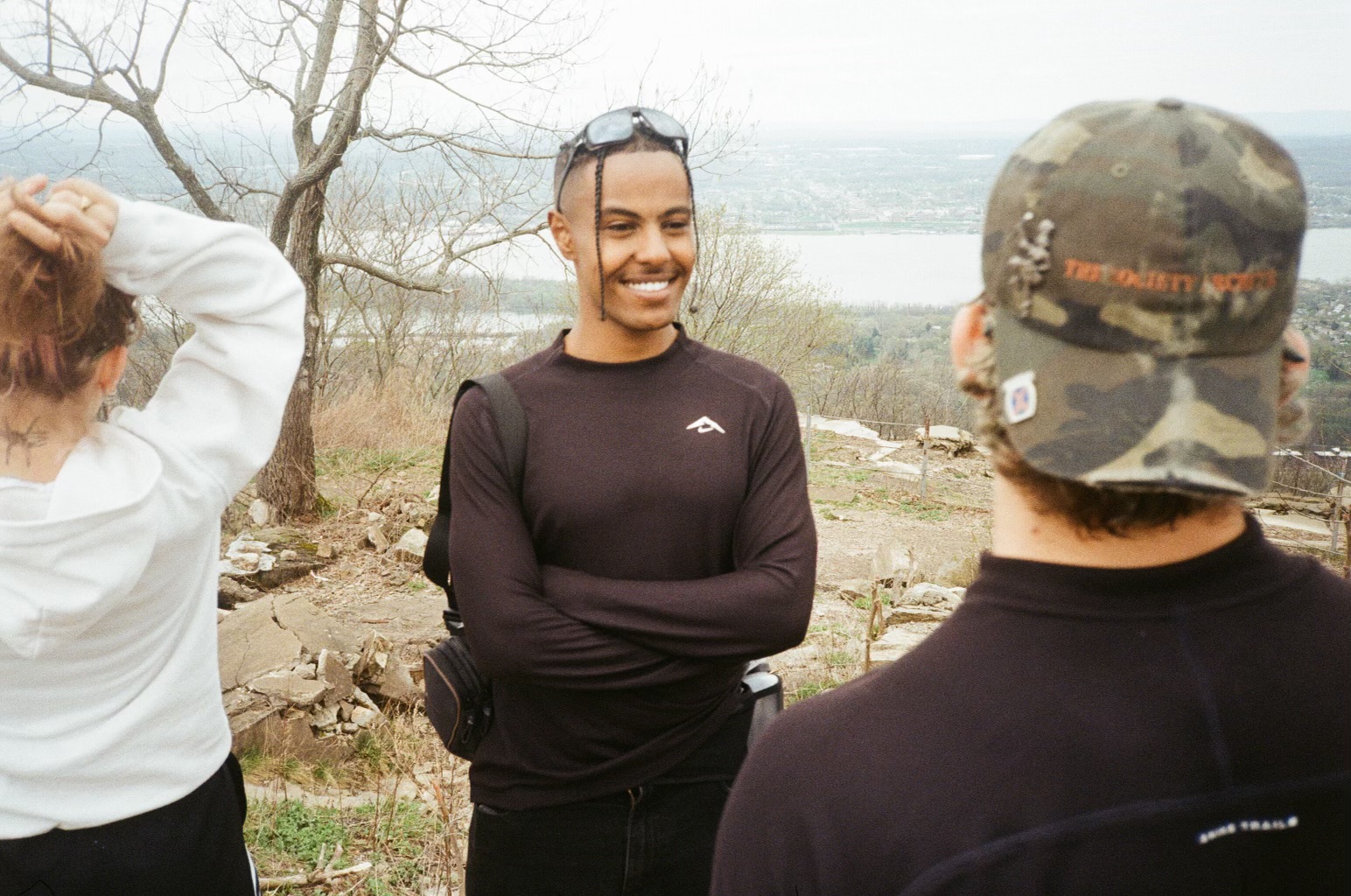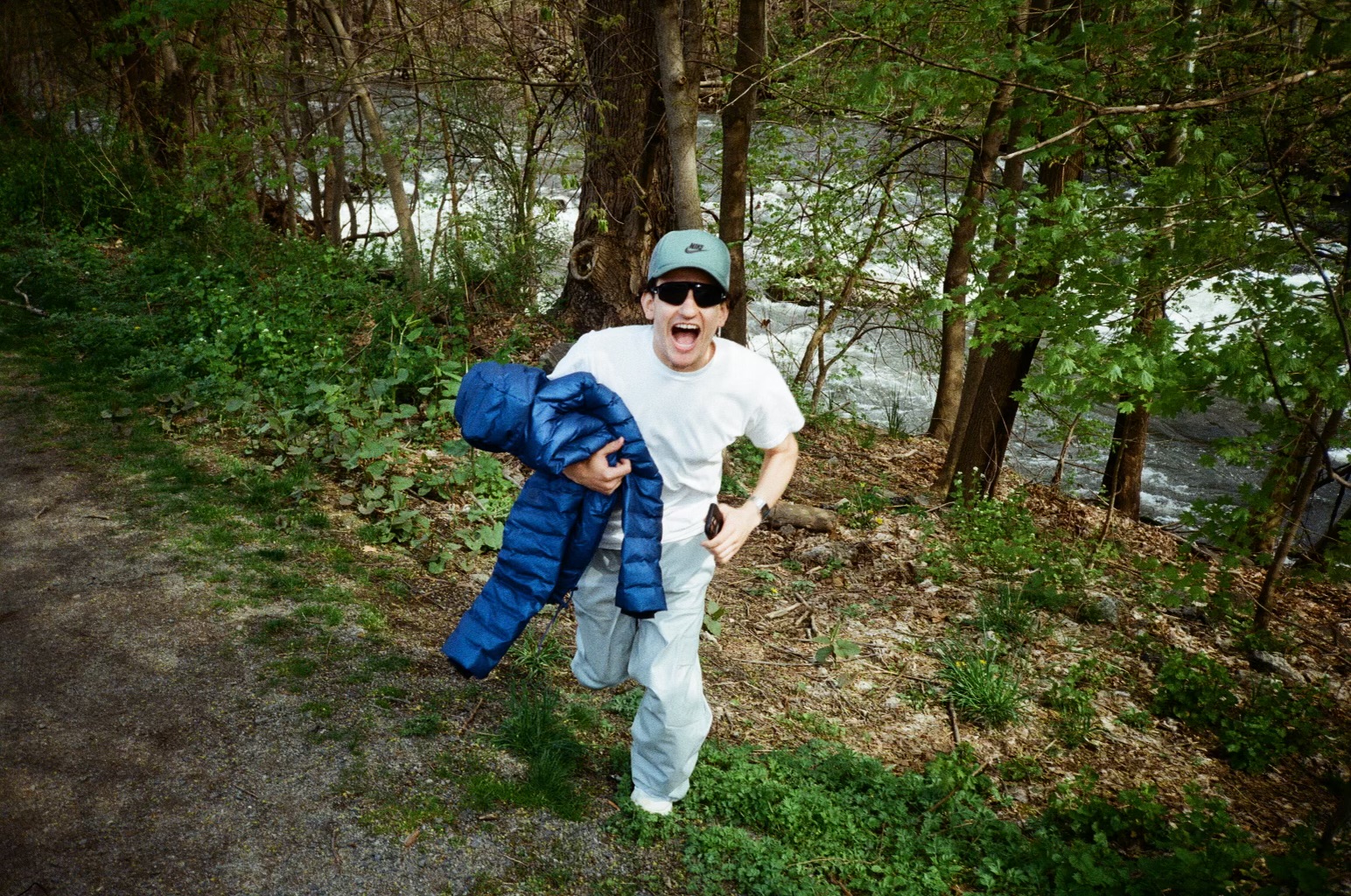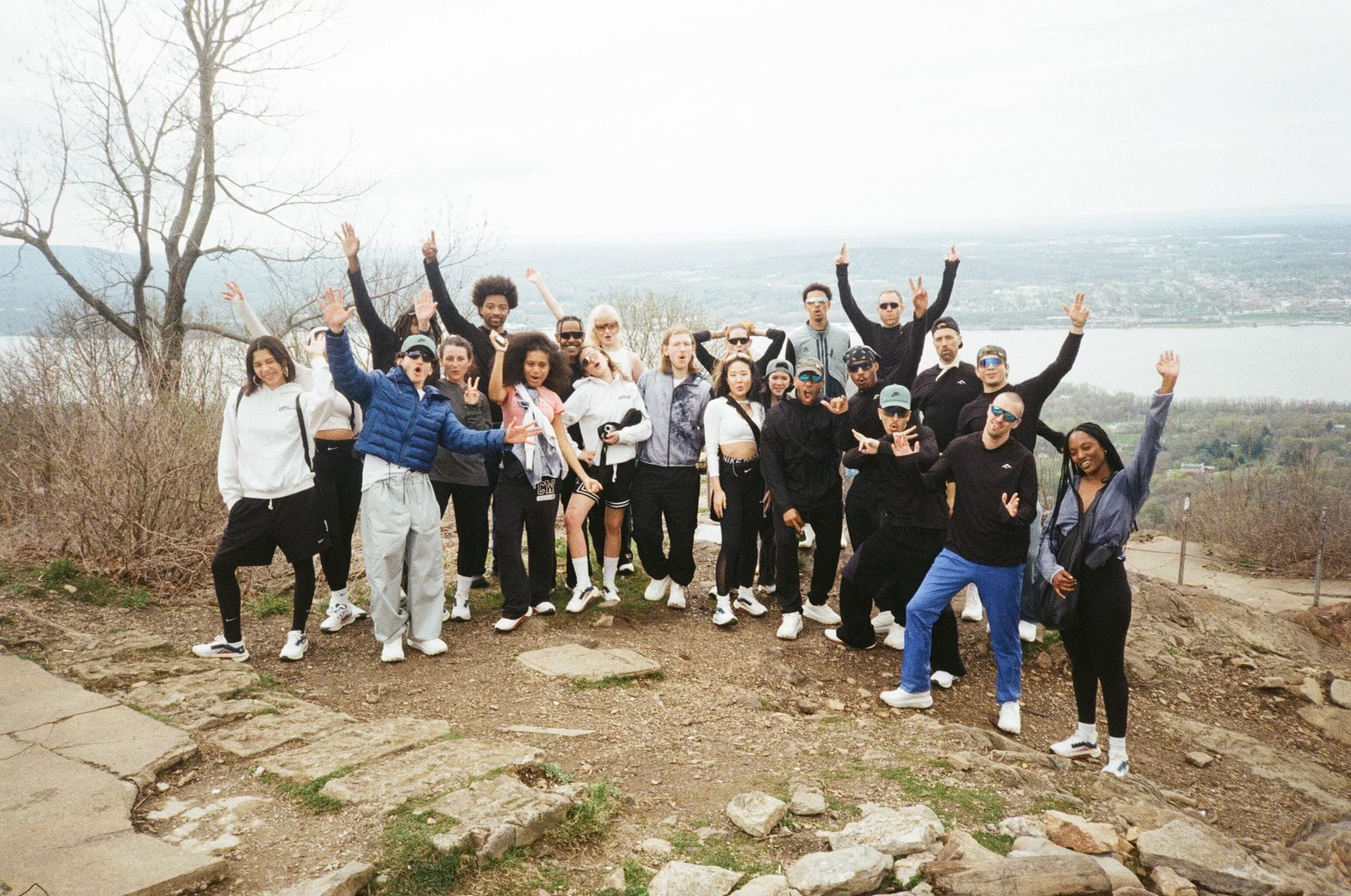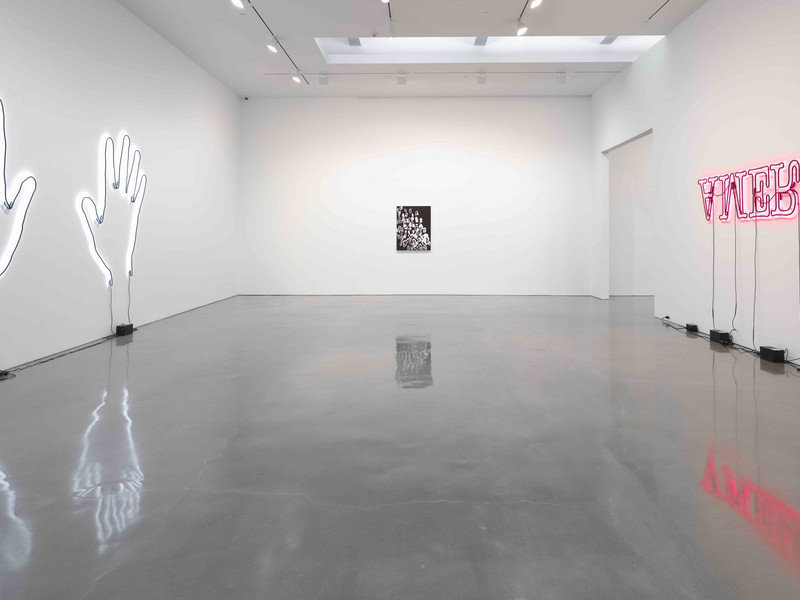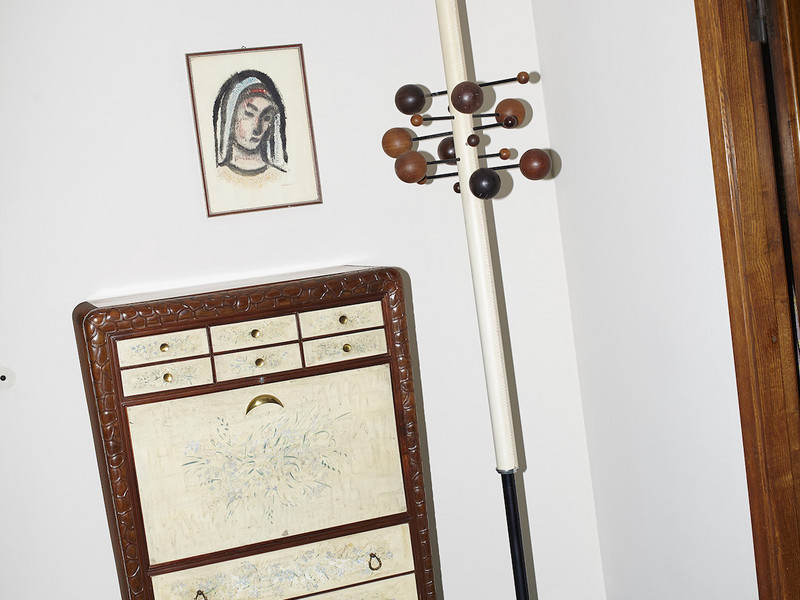So, What the F*ck Is the Metaverse?
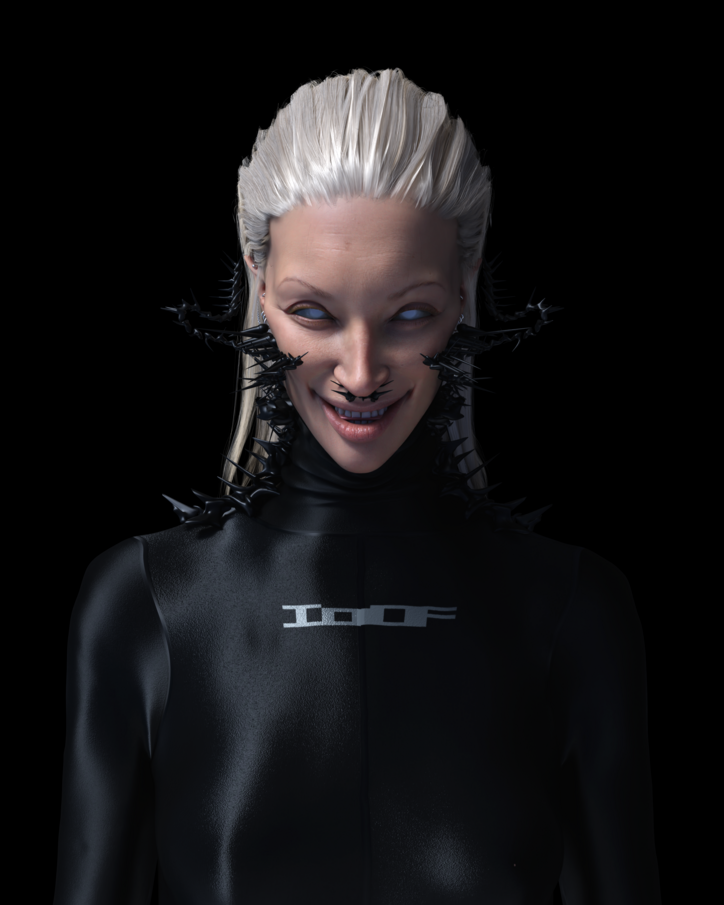
What the f*ck is the Metaverse?
The Metaverse is an amplified version of our existing functional digital realities. Put simply, it’s the web but more immersive and sat on a blockchain, which means it pivots the ownership hierarchy too. There is not one, but many metaverses: Think of each metaverse as cities and villages. At IoDF we use the term web3 as this is actually a more accurate term that reflects ‘the transition’ (web2-web3) to the decentralized internet where users have more control. For us, the importance is what we do with this tech, not the 0 and chains that make it up; that’s just the tools. We believe in a space where community, transparency and ownership are divorced from the hierarchical structures we see today, and for us that’s the beauty and power of the metaverse/web3.
Beyond NFTs, AR and AI, which are practices that have become increasingly commonplace in the luxury and emerging market sectors, how do you feel that brands have adapted to the metaverse and the realm of digitalisation?
Brands are becoming more innovative in their strategies, partnering with web3 experts and companies like IoDF and even investing, Epic Games partnering with LVMH and famously the Nike and rtfct acquisition. Since December 2021, Nike has earned $185M dollars in digital assets sales revenue and generated $1.3B in sales volume. They made 8x more in revenue. Seeing Nike’s output with RTFKT has been a real show that working IRL and URL should be in unison, a mission statement of ours since inception. The real successful adaptation is when you see the values of web3, community, authenticity, loyalty and democratization be woven into the brand's offerings. To be clear, there are two very different markets, the web3 collectors and enthusiasts, then the fashion audiences. Part of our mission is to bring the physical fashion industry to recognise the infrastructure shifts that web3 can enable: to build in more profit, re-structure IP, explore wider creative freedoms, reward community and avoid the current leading conversation that is ‘tech, nft, crypto and metaverse.’ A brief list of brands that have delivered Web3 initiatives, which shows the traction, are Prada, Yves Saint Laurent, Gucci, Louis Vuitton and Burberry to name a few. We have been working with consultancy to assist in this pivot on how luxury and emerging brands can be a part of this shift with authenticity. It means listening to the audiences first, so we deep dive into insights, and real-time analytics and build focus groups to understand what the semantics shift means to those audiences. Famously, we produced and strategized the H&M metaverse design story, a 360 production now sits as the pinnacle of digital fashion fidelity. A CGI motion-captured campaign that introduced for the first time digital fashion alongside physical, yet the physical was not center stage. Our work pushed to change the narrative, adoption will not occur if digital fashion is stuck in smart contracts and digital wallets or on Instagram as a filter; we need to showcase to the world the radical beauty of digital fashion and push the desire.
Could you explain how IoDF came about, expanding on the frustrations you encountered setting up your company?
We built IoDF to revolutionize the fashion landscape, fostering democracy, sustainability, and innovation. Our goal was to forge a platform that wields technology as a democratic tool for transformative change. An ecosystem that breaks traditional barriers, allowing real-time co-creation, equity-sharing, and sustainable practices to thrive for brands, creators, and users. IoDF envisions fashion not just as garments but as a dynamic conduit of self-expression and empowerment within a space that is built on binary constructs. This irl x url fashion space was a natural progression for myself and Catty, stemming from our deep-rooted commitment to innovation, creativity, and inclusivity. With my background working in fashion tech, with blue chip companies driving innovation and experiences, coupled with Catty's pioneering work in the digital fashion realm, we saw a bright future together. A future that no one had built, one that embraced community for everyone beyond biases, seasons and realities, incorporating abundant storytelling opportunities. We encountered so many push-backs, as two strong individuals who were not cis white men meant we had to shout to be heard, be harder, more researched and ready for push-backs. As the semantics of fashion changed due to events like COVID we knew we had to work hard. Our platform, which we are now building, is that space in real-time, enabling co-creation, equity-sharing, and sustainable practices.
What are the biggest challenges, boundaries and limitations when it comes to approaching - and placing - brands in the Metaverse?
To be able to buy trade, sell your assets with no middle man and to exit the horror of the attention economy. Currently tech companies deal on a ratio or a user spending 95% of time and 2% spend within that time so the attention economy trap is the economic drive. The customer becomes the product. Harvesting our attention (time and data) is now an integral part of the revenue generation strategy implemented in numerous business models. The beliefs of web3 is for ownership to prevail, the opportunity is to profit from sales not data, removing the need for persuasive design features, addiction and your personal data being abused. Platforms like Facebook, Twitter, Instagram, Snapchat, and TikTok are built on persuasive technology, technology created specifically to change its users’ opinions, attitudes, or behaviours to meet its goals. Technology companies consider factors like motivation, ability, and triggers when they are designing their apps, with the goal of persuading you to spend more time clicking and scrolling. Persuasive technology companies specialize in algorithms that influence human behavior because that’s what they sell to the advertisers who are their customers. Benefits are also the financial infrastructure, i.e. developing countries where banking is not part of the country's infrastructure and do not have finance systems inherently, all you need is a block chain and a wallet to earn, your office is the internet. Blockchain is the underlying and fundamental layer of importance. Many brands are yet to consider it a long-term legacy project, missing the opportunity for lasting impact. Testing, listening, building is what is needed and that means incremental changes, not something for the press to write about. We want to see web3 structures and platforms that last, and which are not PR or marketing moments but legacy infrastructure changes. Tech is not the lead conversation for sales, but a tool to do more, and expand the breadth and depth of creativity, promote traceability and to applaud the authors by royalties and more economic stability. That is why we are building IoDF – and why we have built IoDF's consultancy services to address this challenge, aiding brands in crafting enduring transitions.
Touching on the ever-evolving component of wearable technology, how do you see it taking shape in the future?
Wearable technology's future is a canvas of limitless possibilities. We are still in the first incremental stages but biotech will really be the interesting pivotal moment. We are talking closely to companies building these types of markers that will shift the attention economy, which means so much change for users in particular. Fashion, beyond its tangible aspects, is a conduit of cultural expression and is poised to amplify its narrative through digital design, transcending physical confines. Digital fashion is a playground for experimental ideas rooted in the materiality of imagined realms. Elements like wind and water become creative tools, we often use these tools to demonstrate the boundless potential. We have the opportunities to digitally render "cloth" to wrap around the screen's reality, blending with its virtual environment. Amid this, the concept of community flourishes. Co-creation between designers and wearers takes center stage, allowing garments to be both wearable and interactive extensions of shared stories. What truly sets digital fashion apart is its inclusivity. It democratizes style, transcending traditional limitations. The allure of digital garments lies not only in their visual appeal but also in their accessibility. Regardless of location or resources, anyone can partake in the fashion experience, blurring the lines between creativity, experimentation, and communal engagement.
[In July, IoDF stepped into a live discourse on gender, sex, and the future of queerness in our IRL x URL realities with the queer legend Tom of Finland Art and Culture Festival 2023.]
